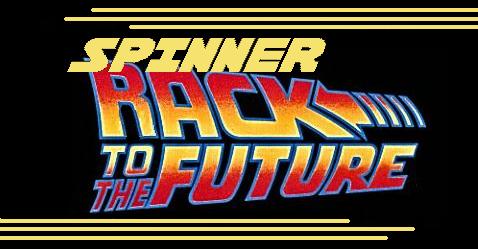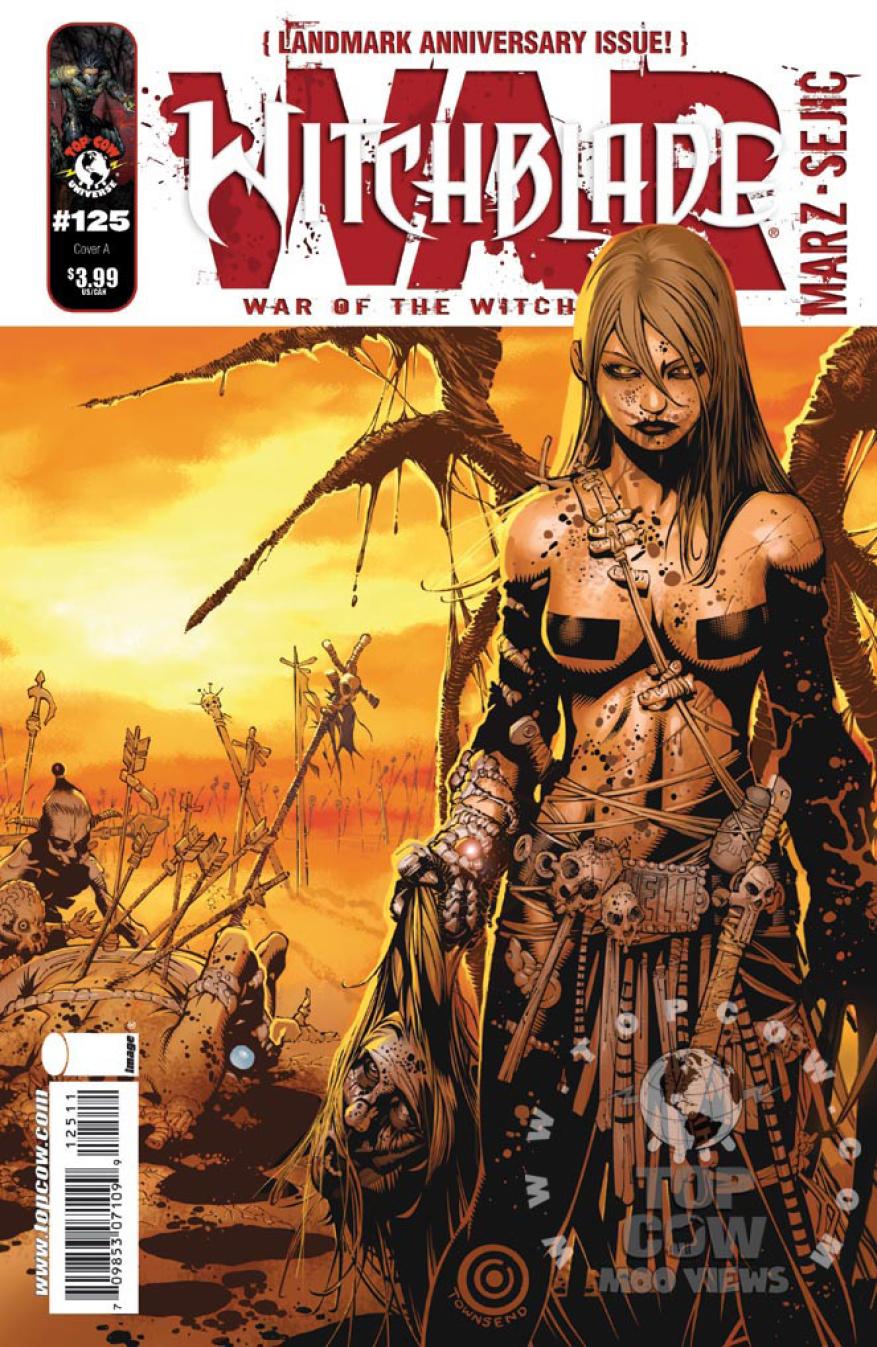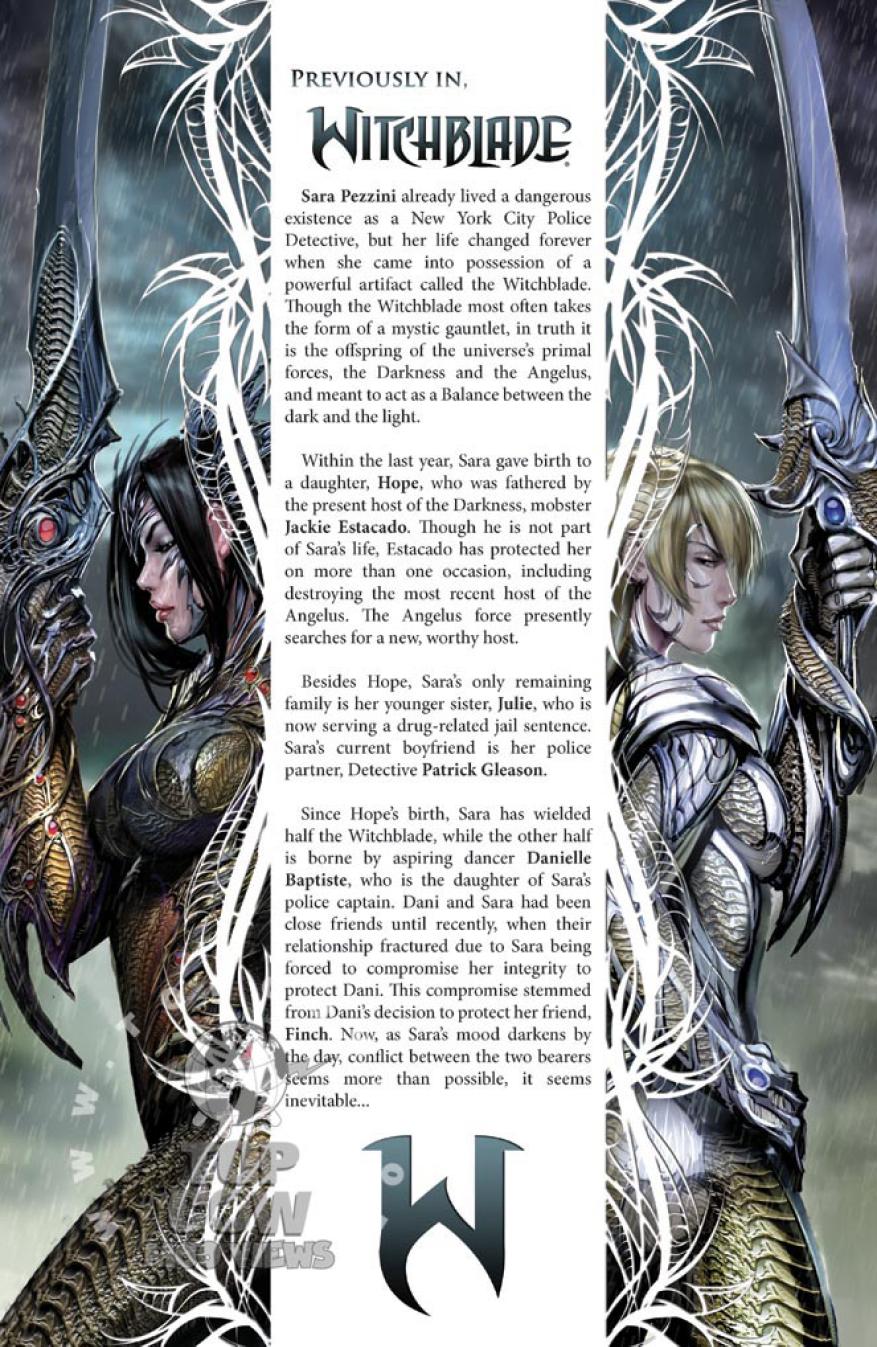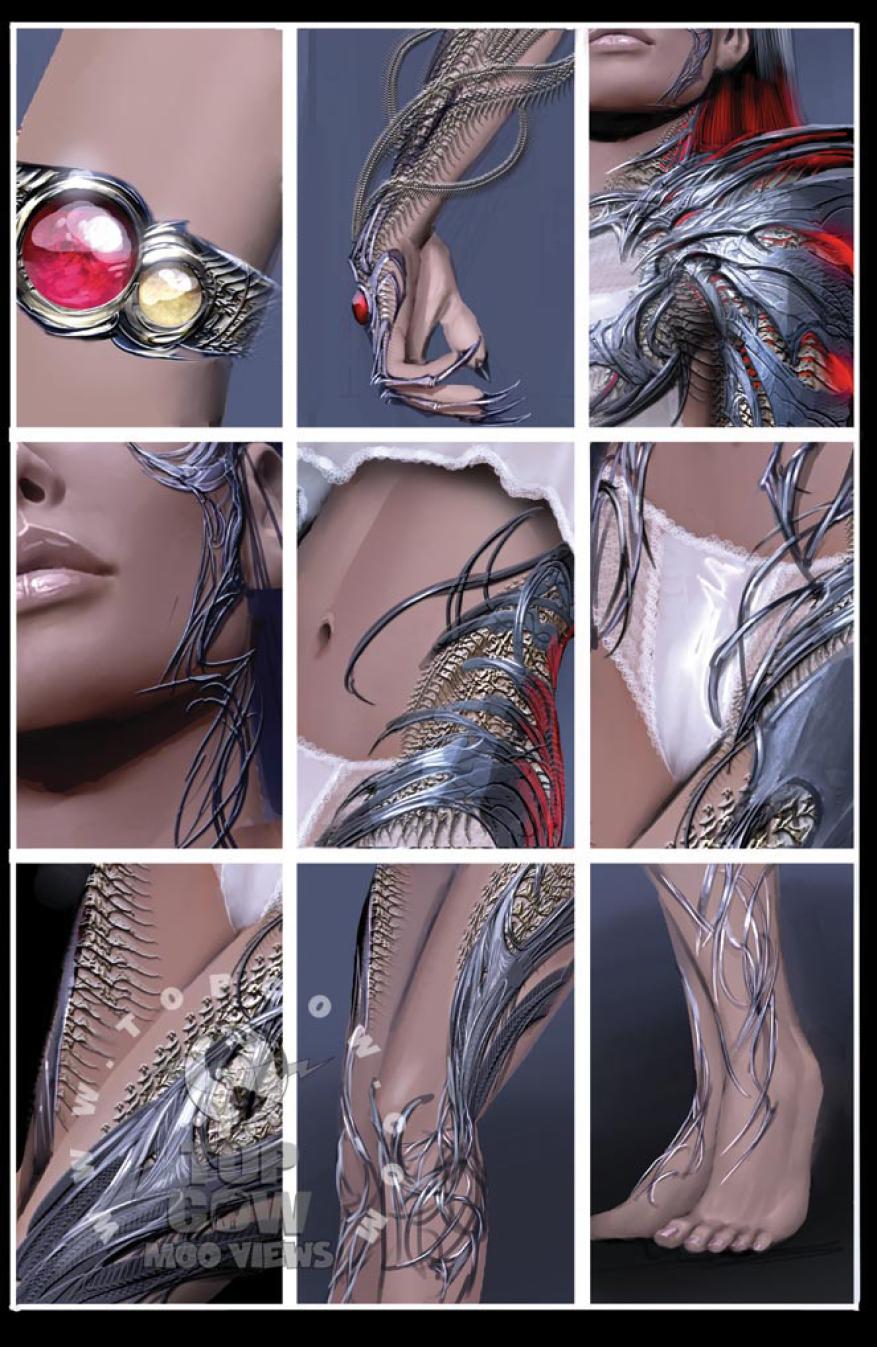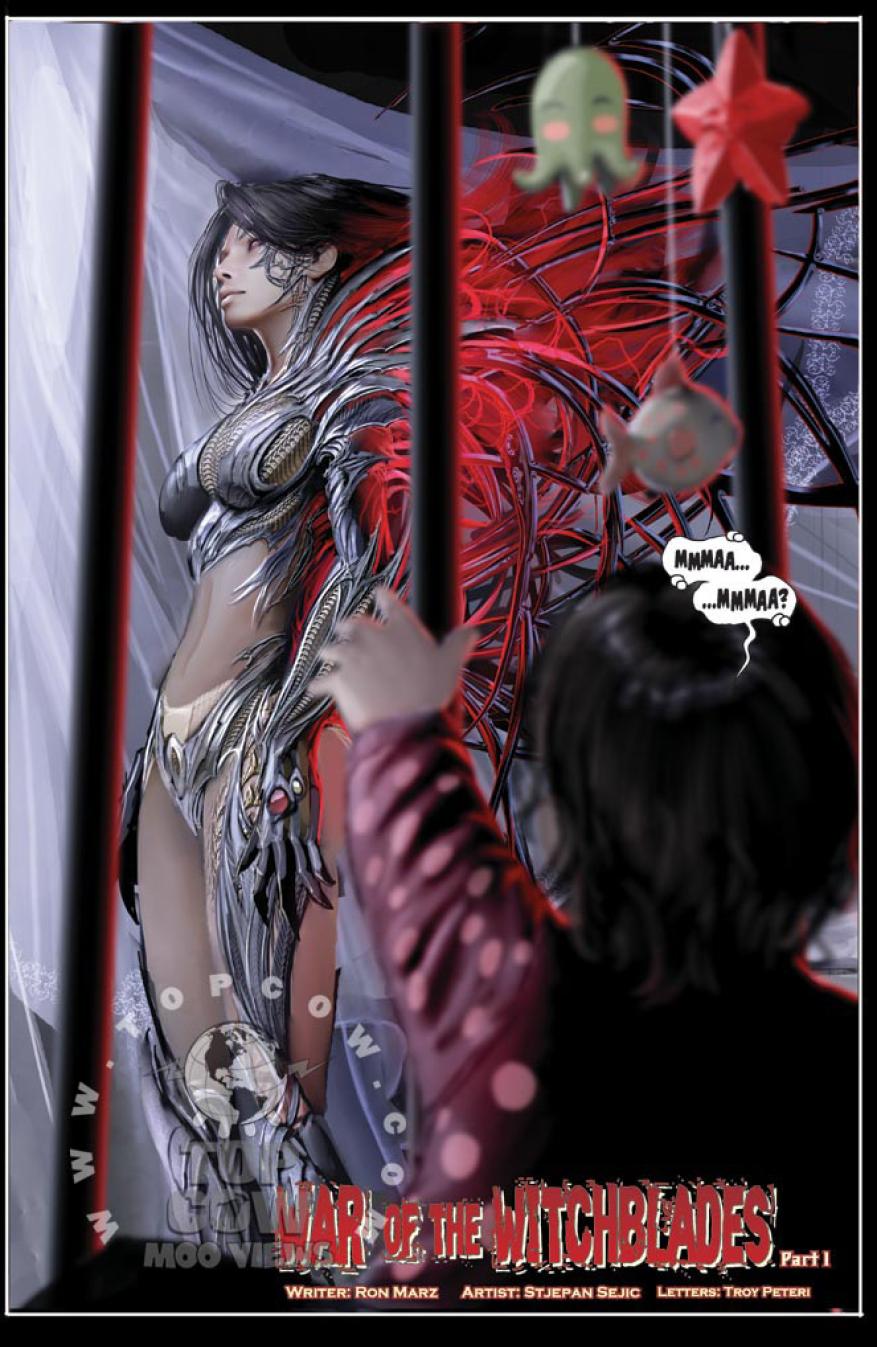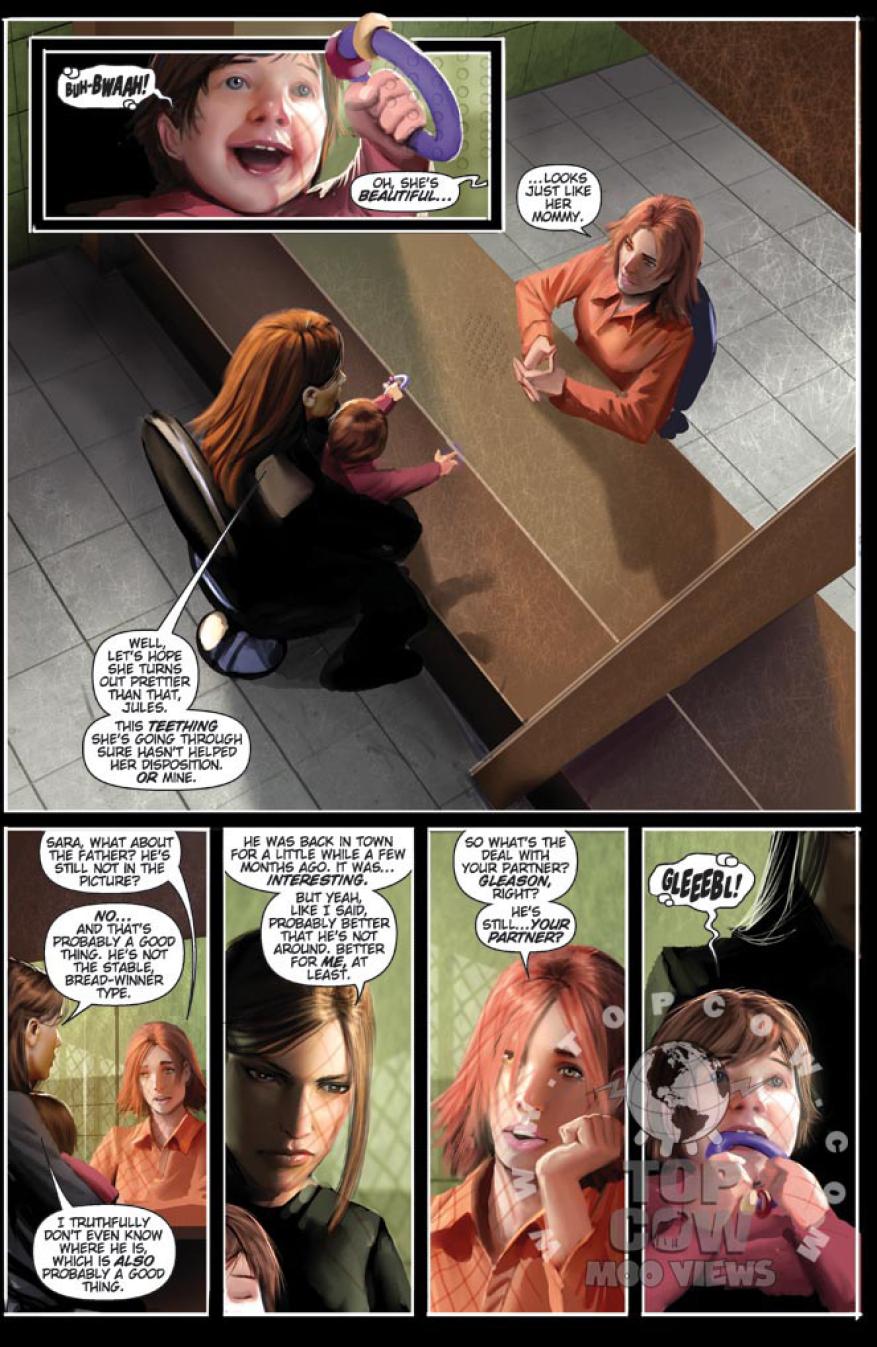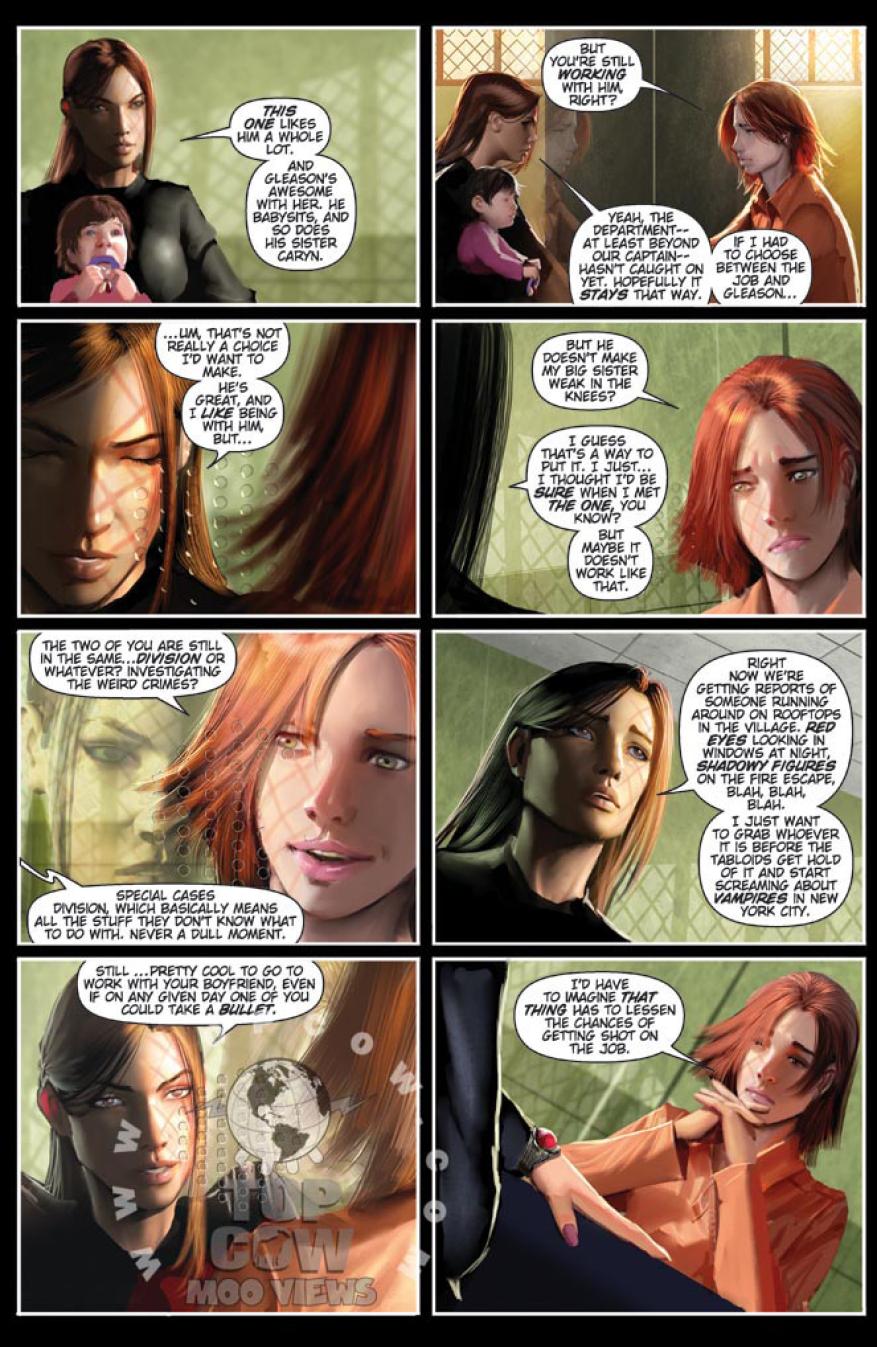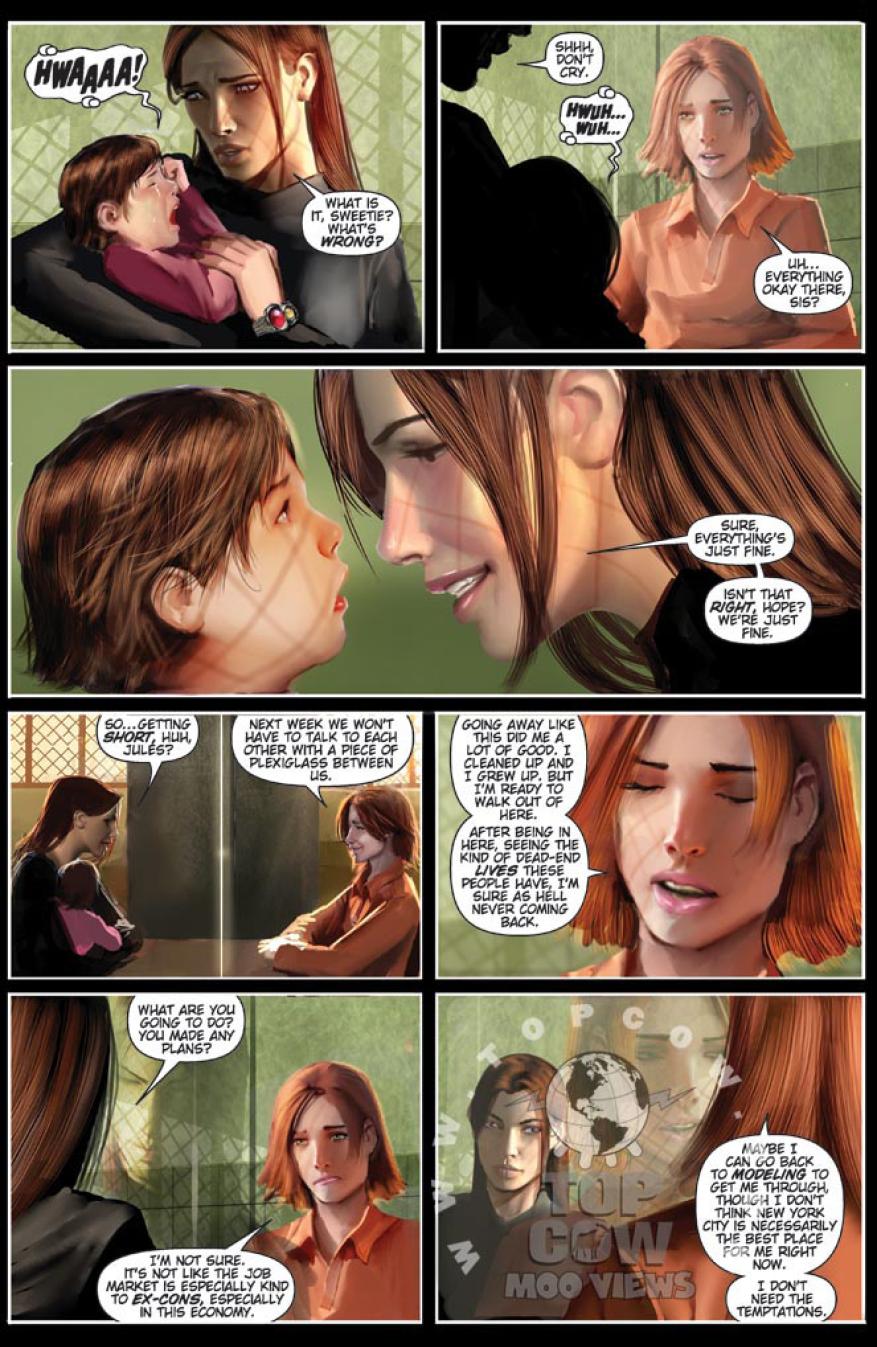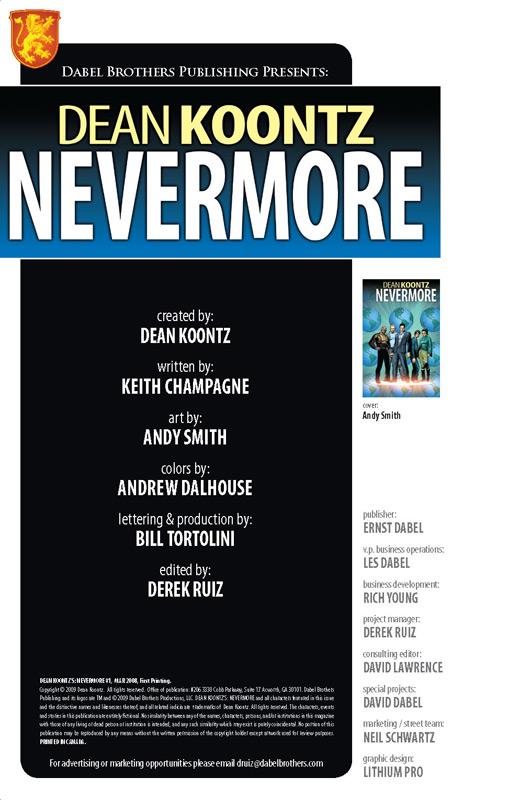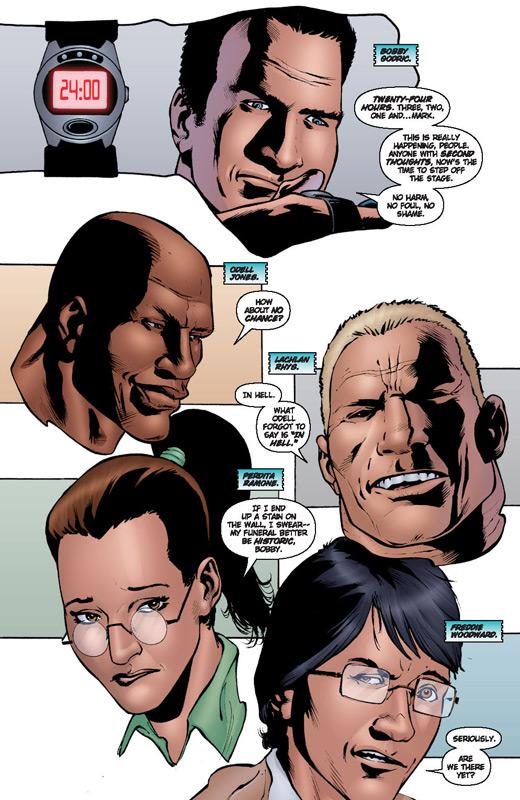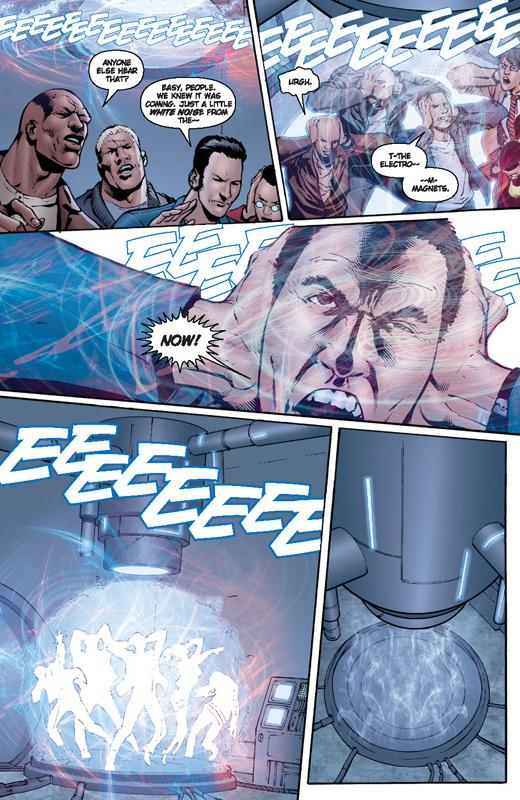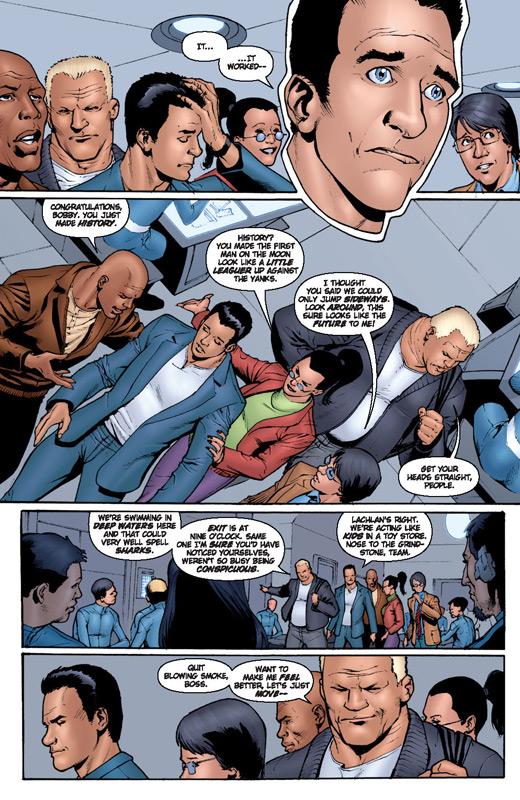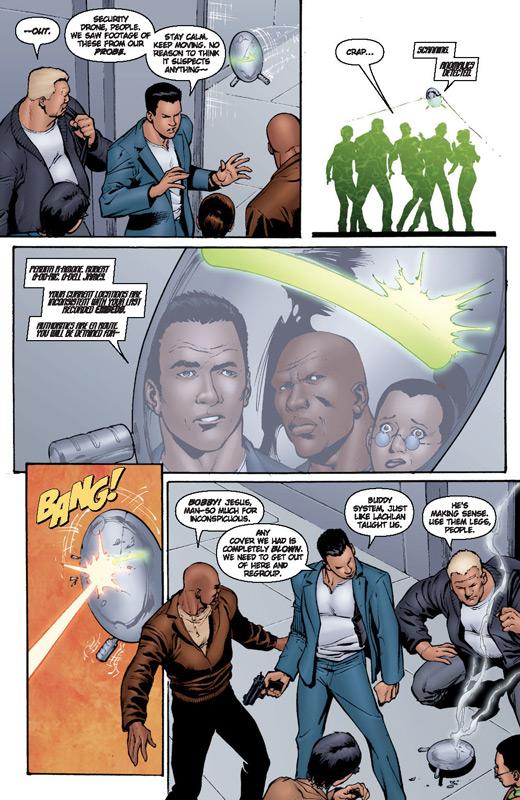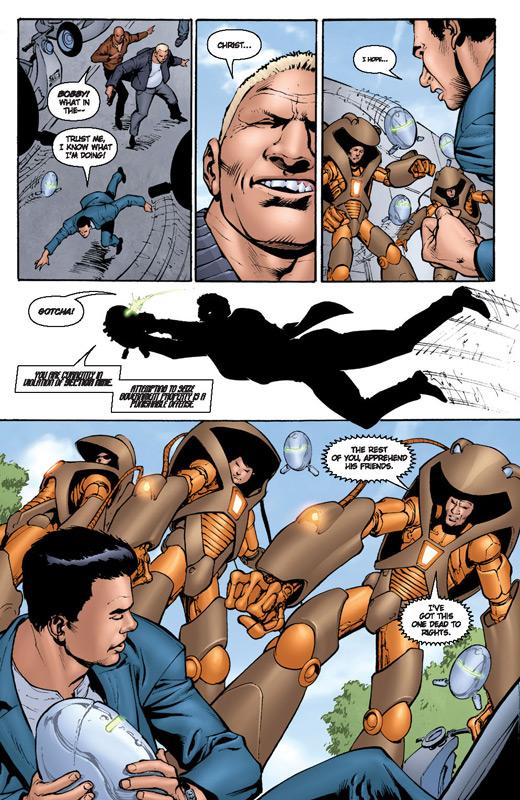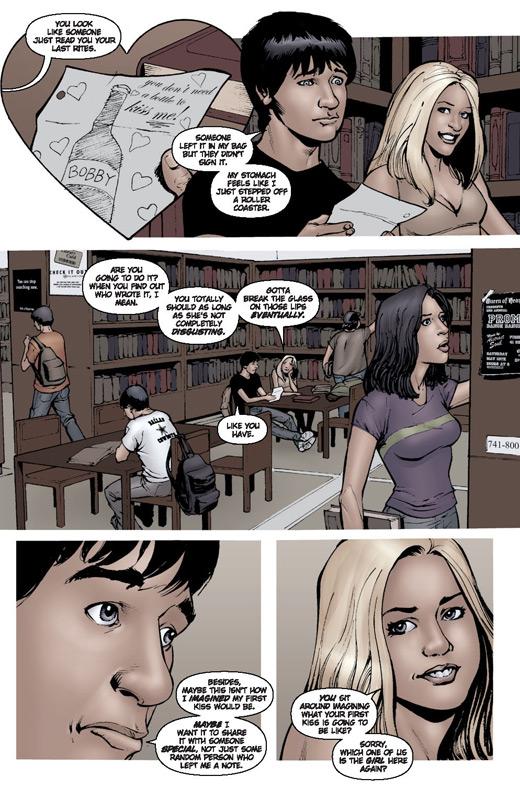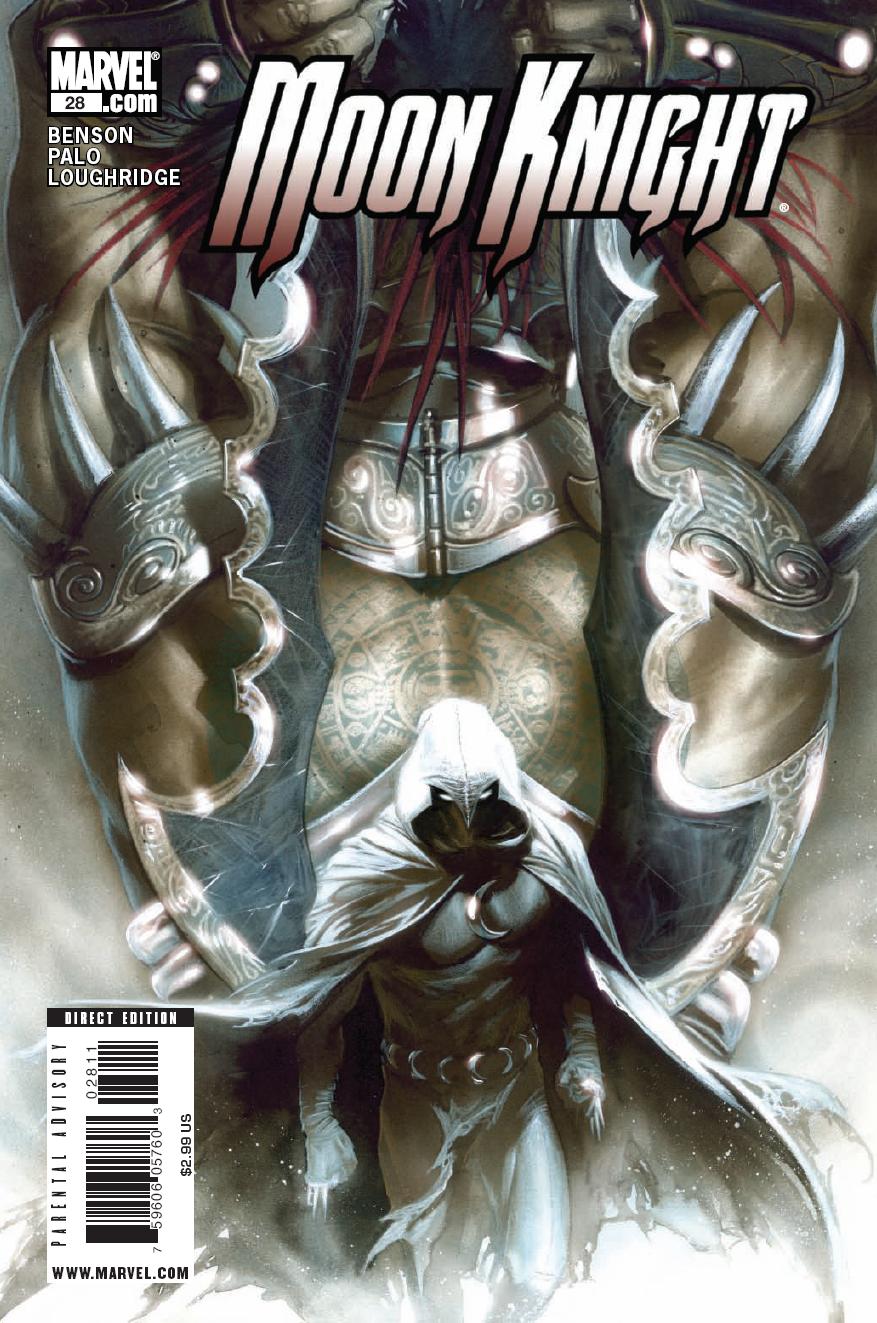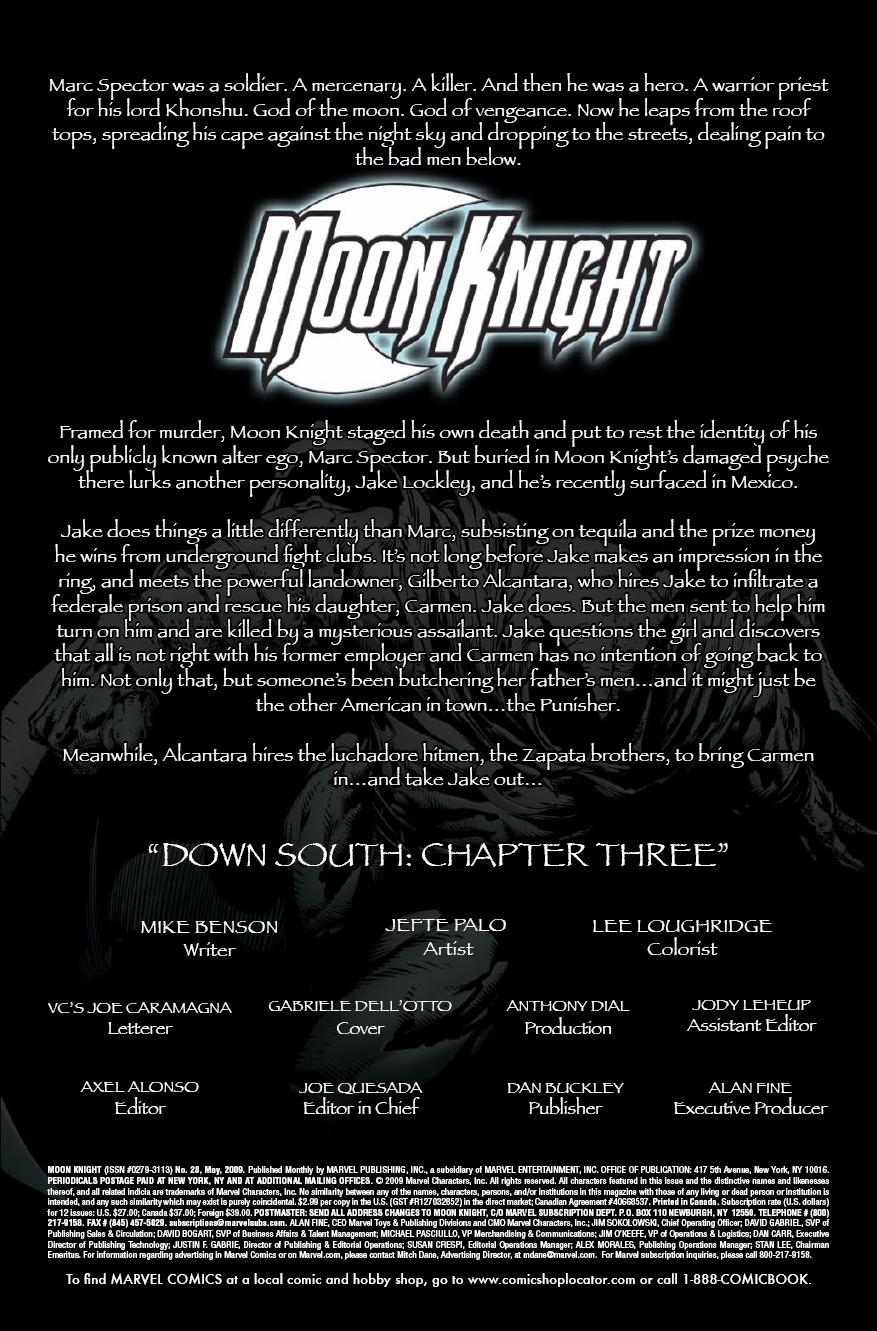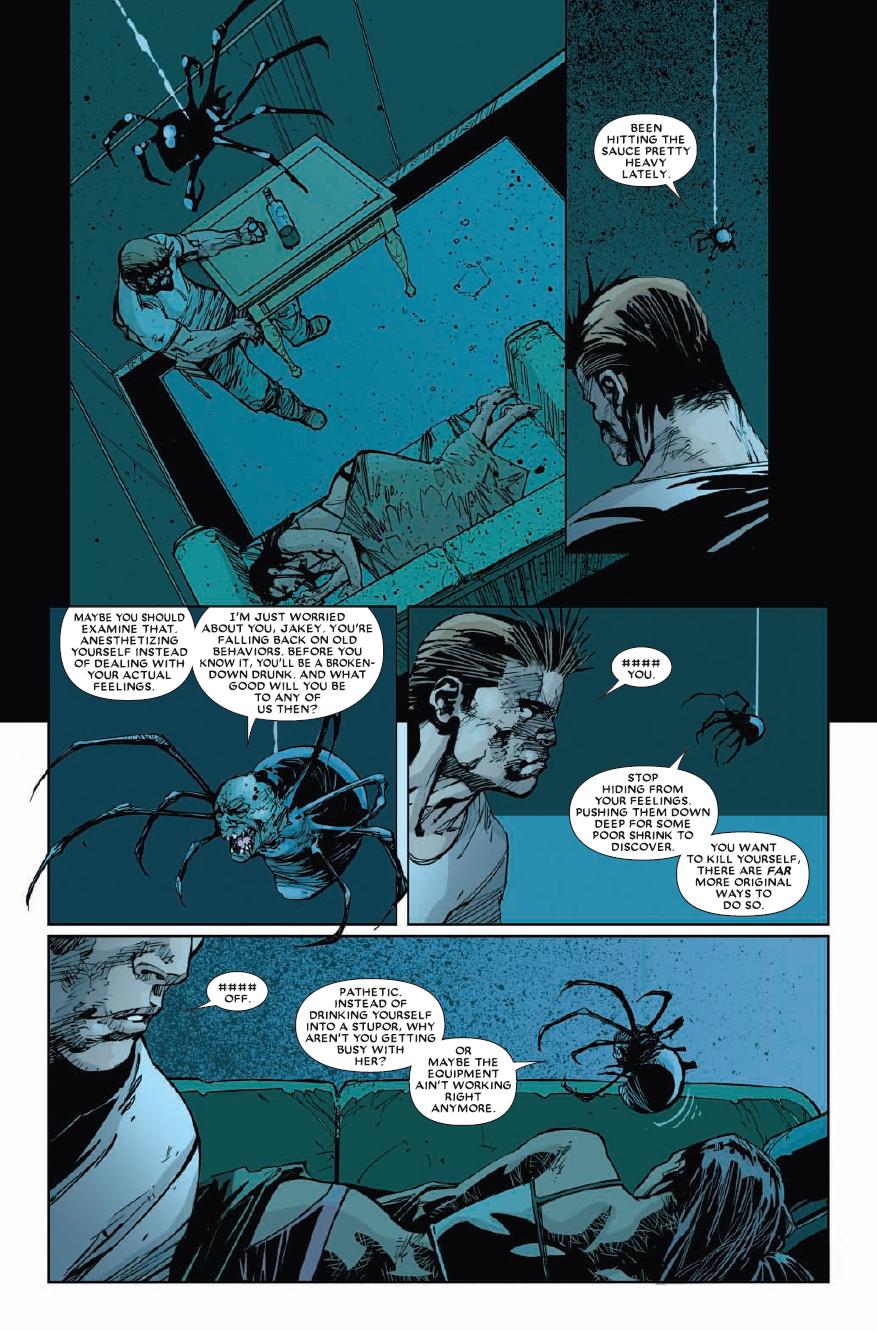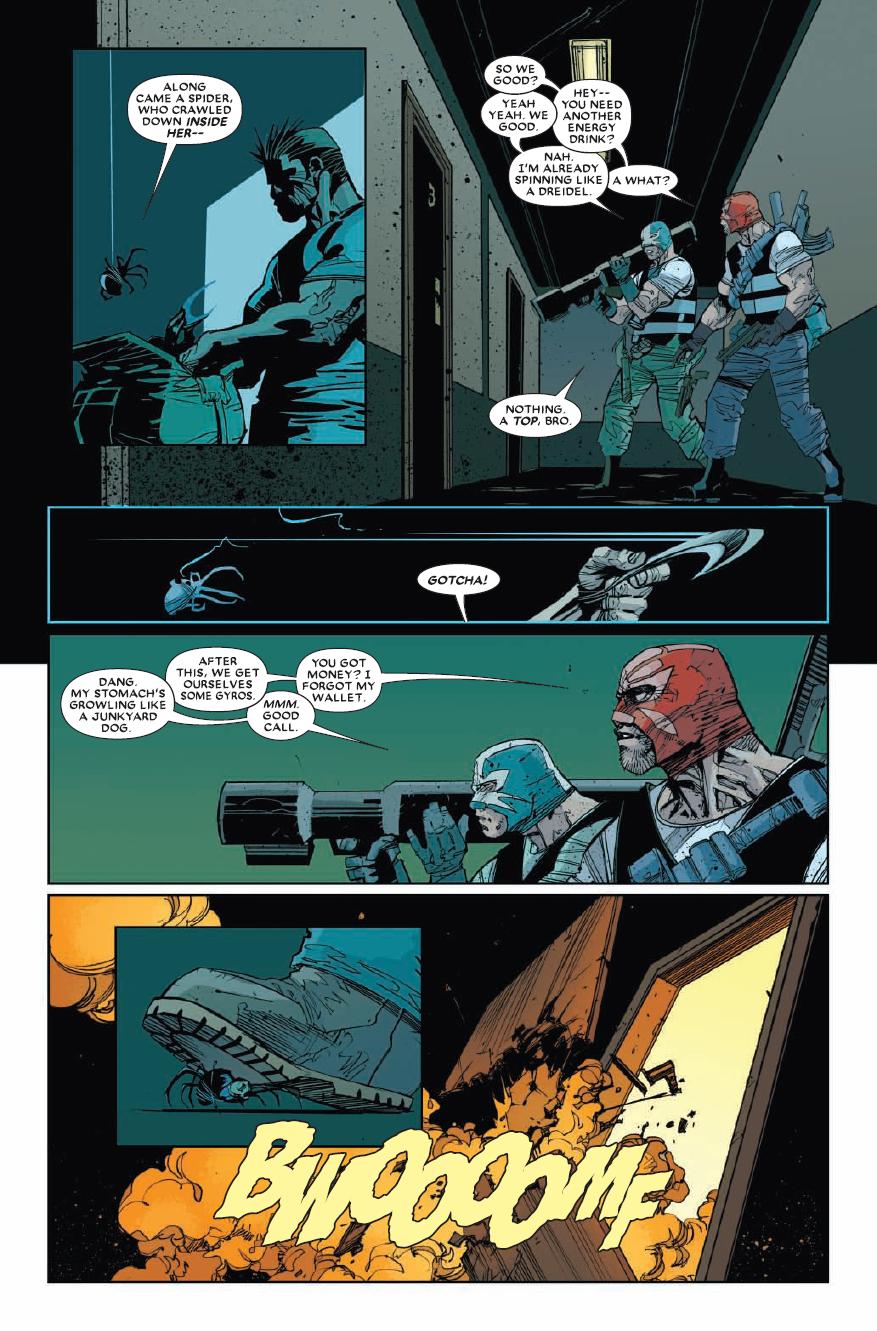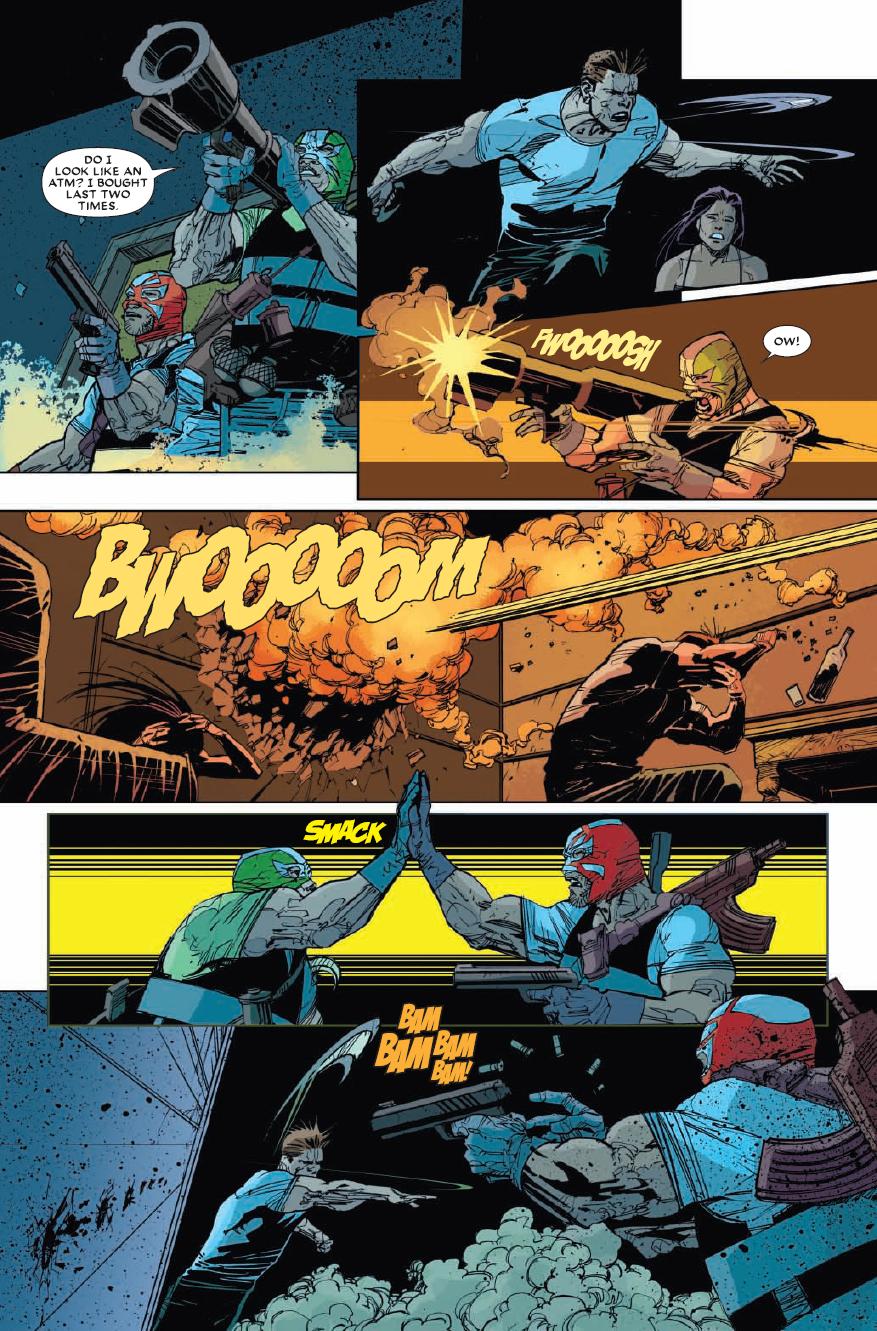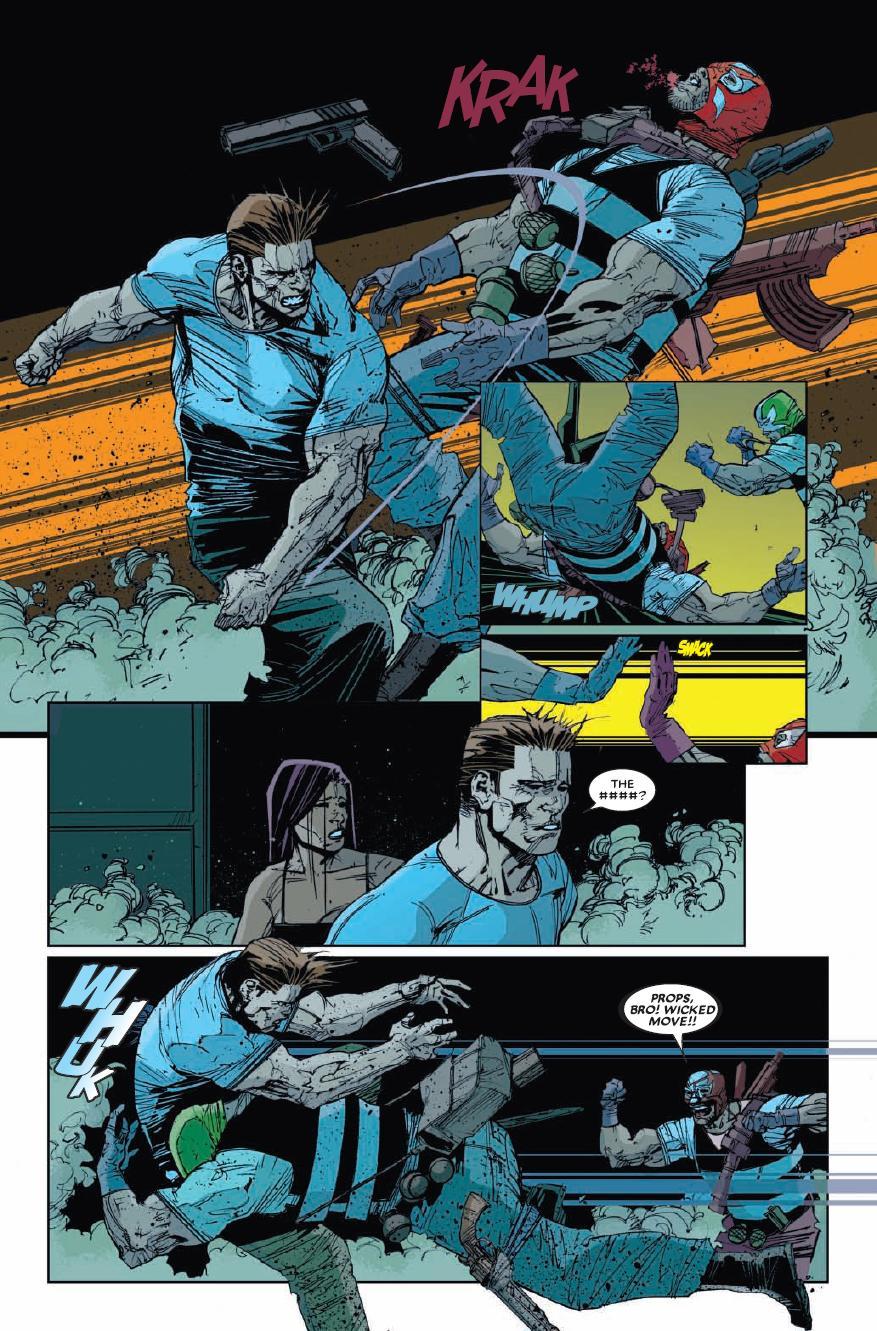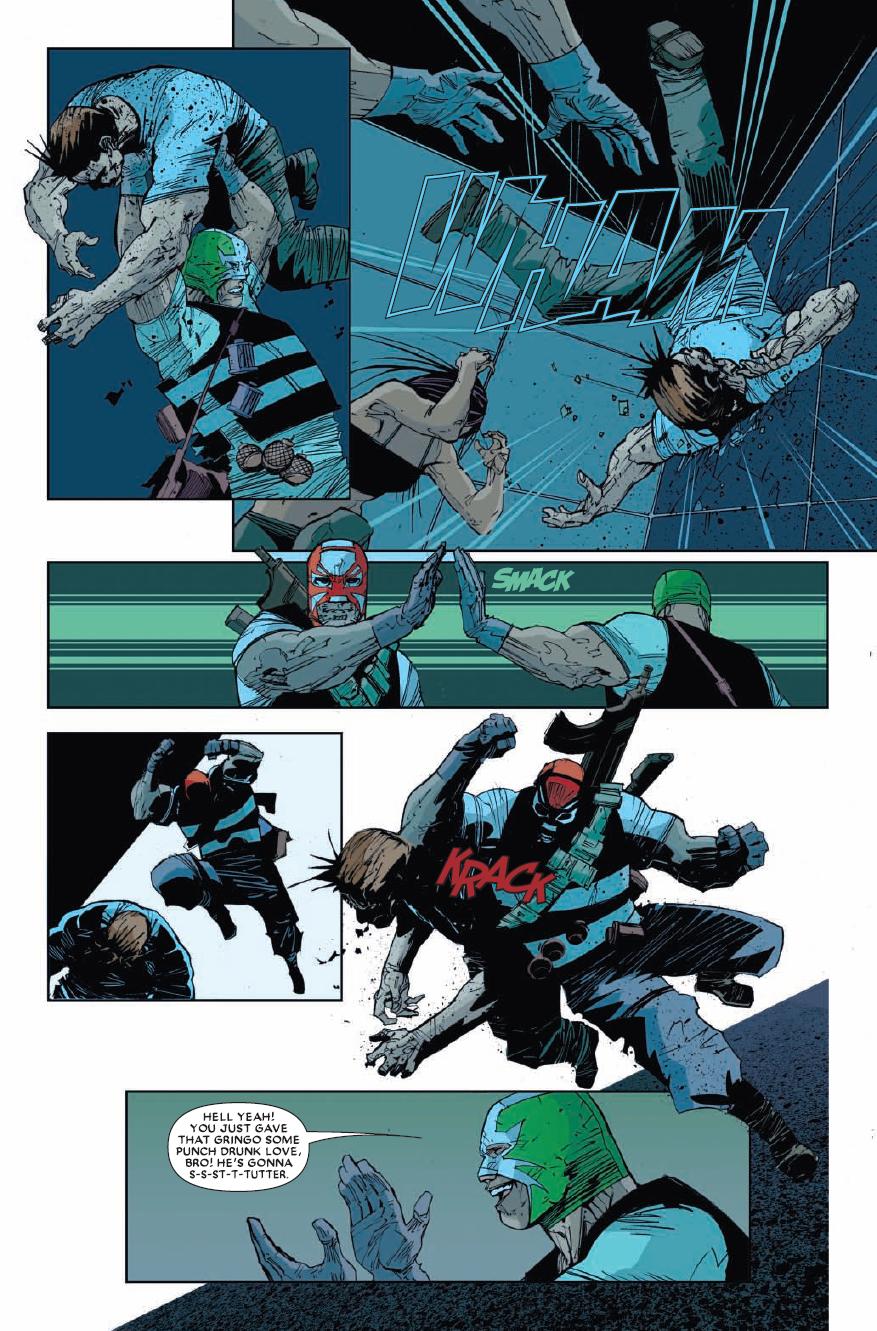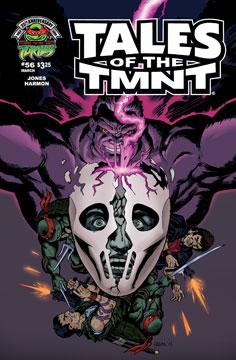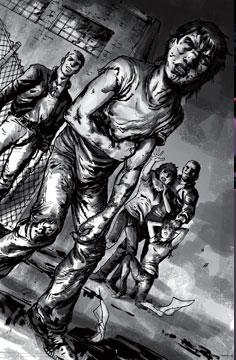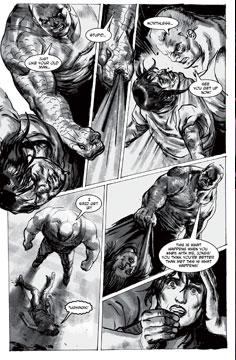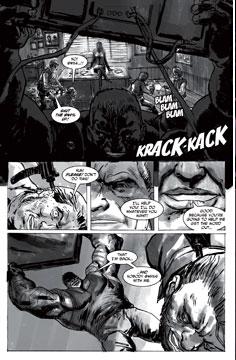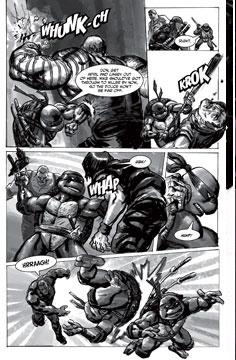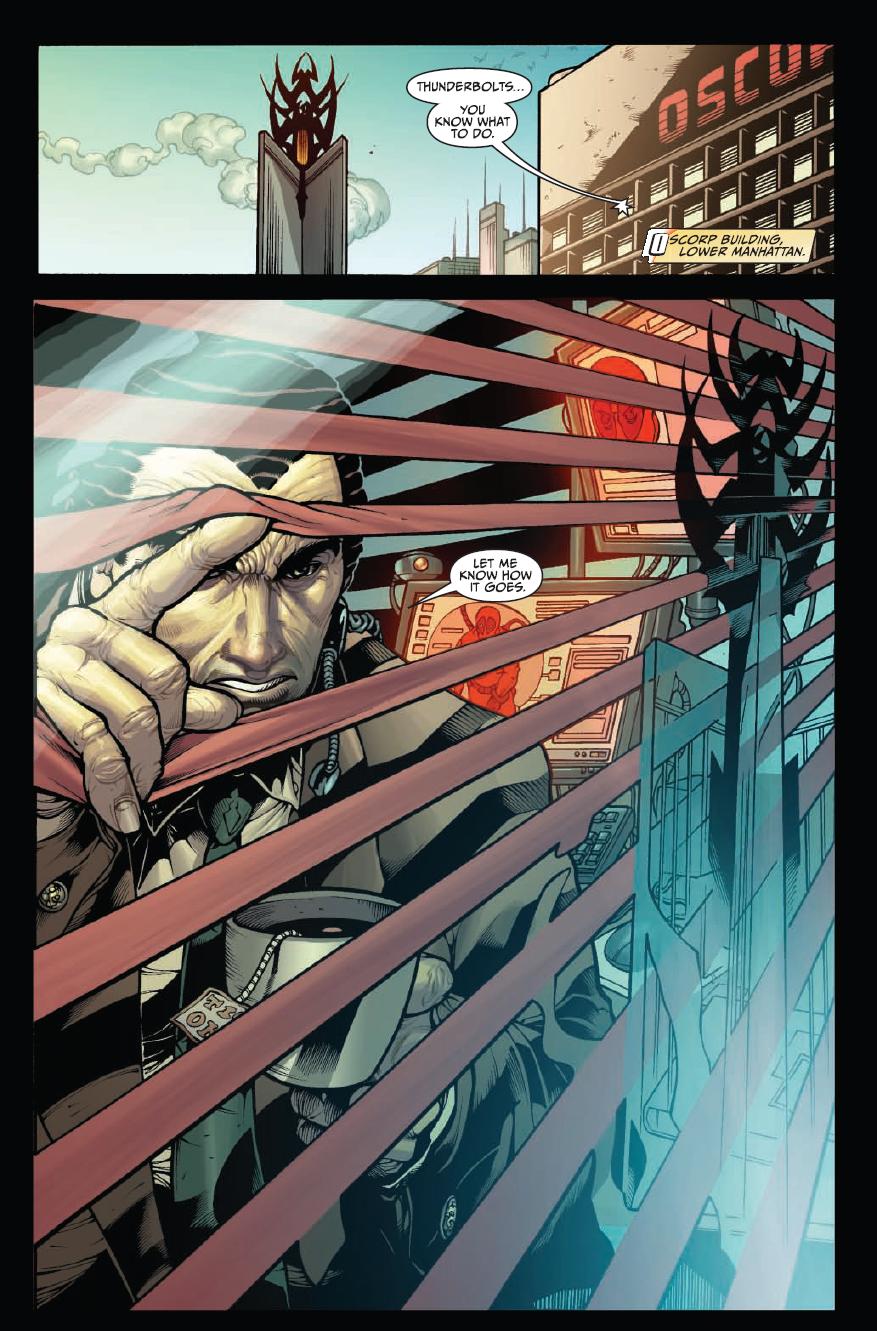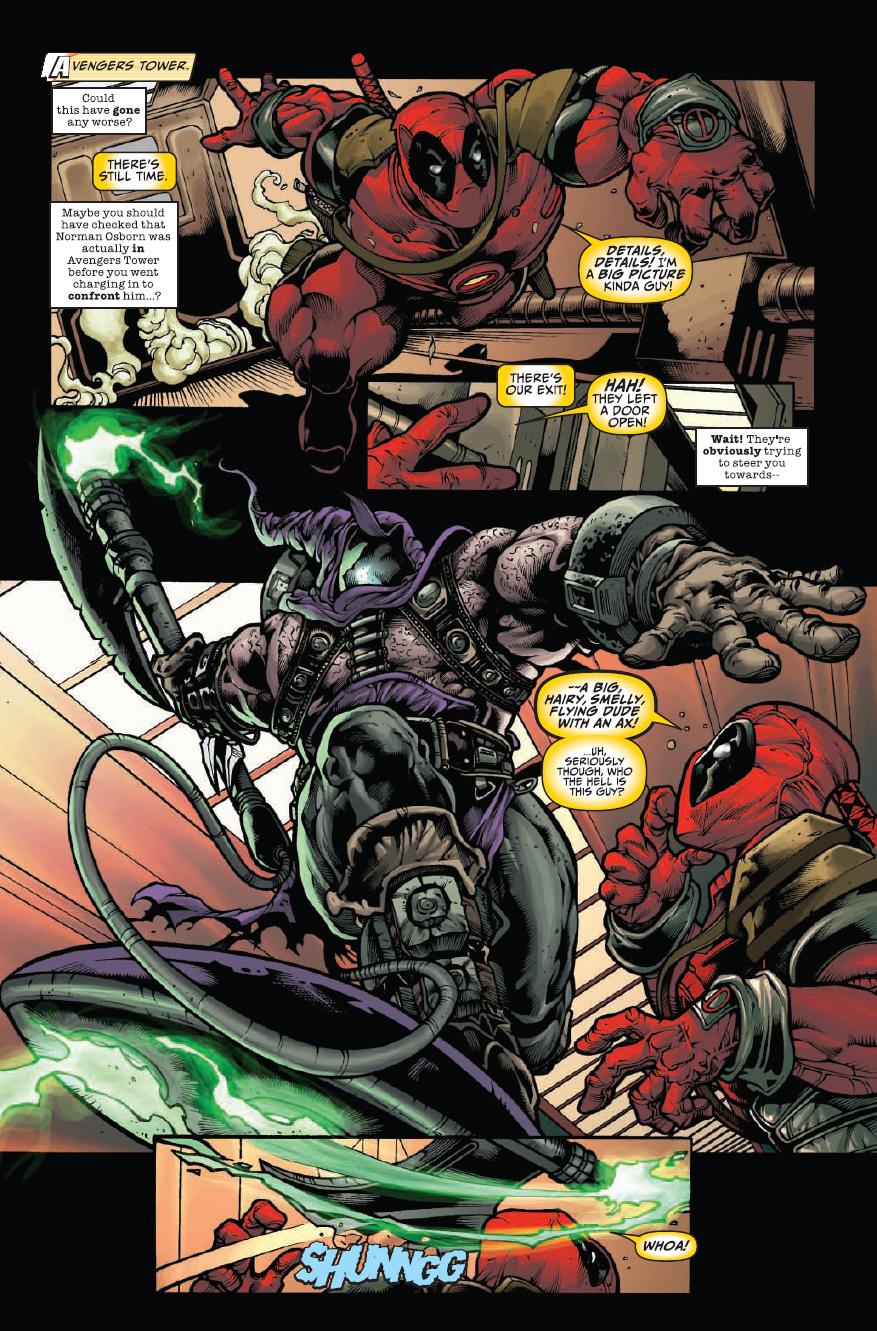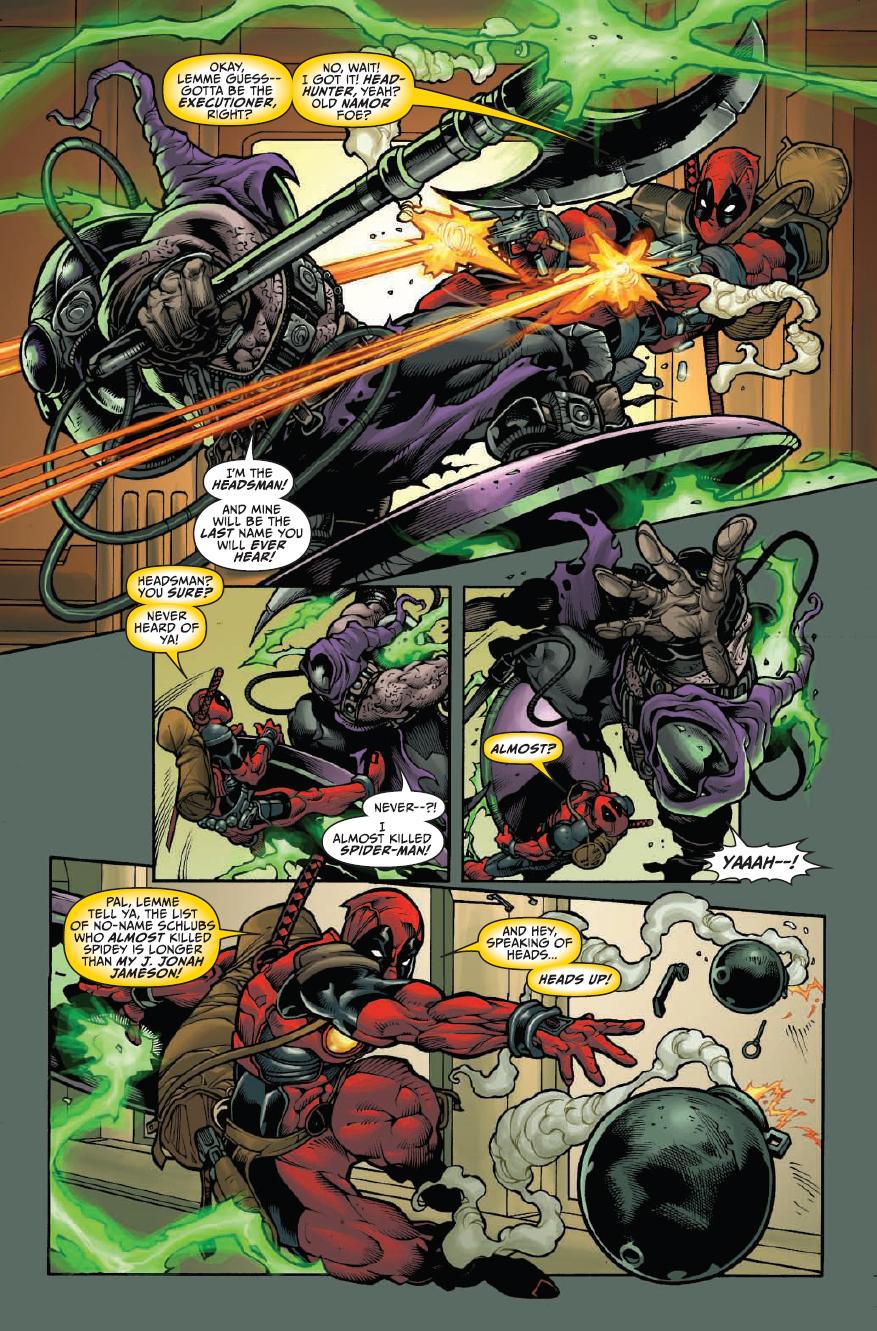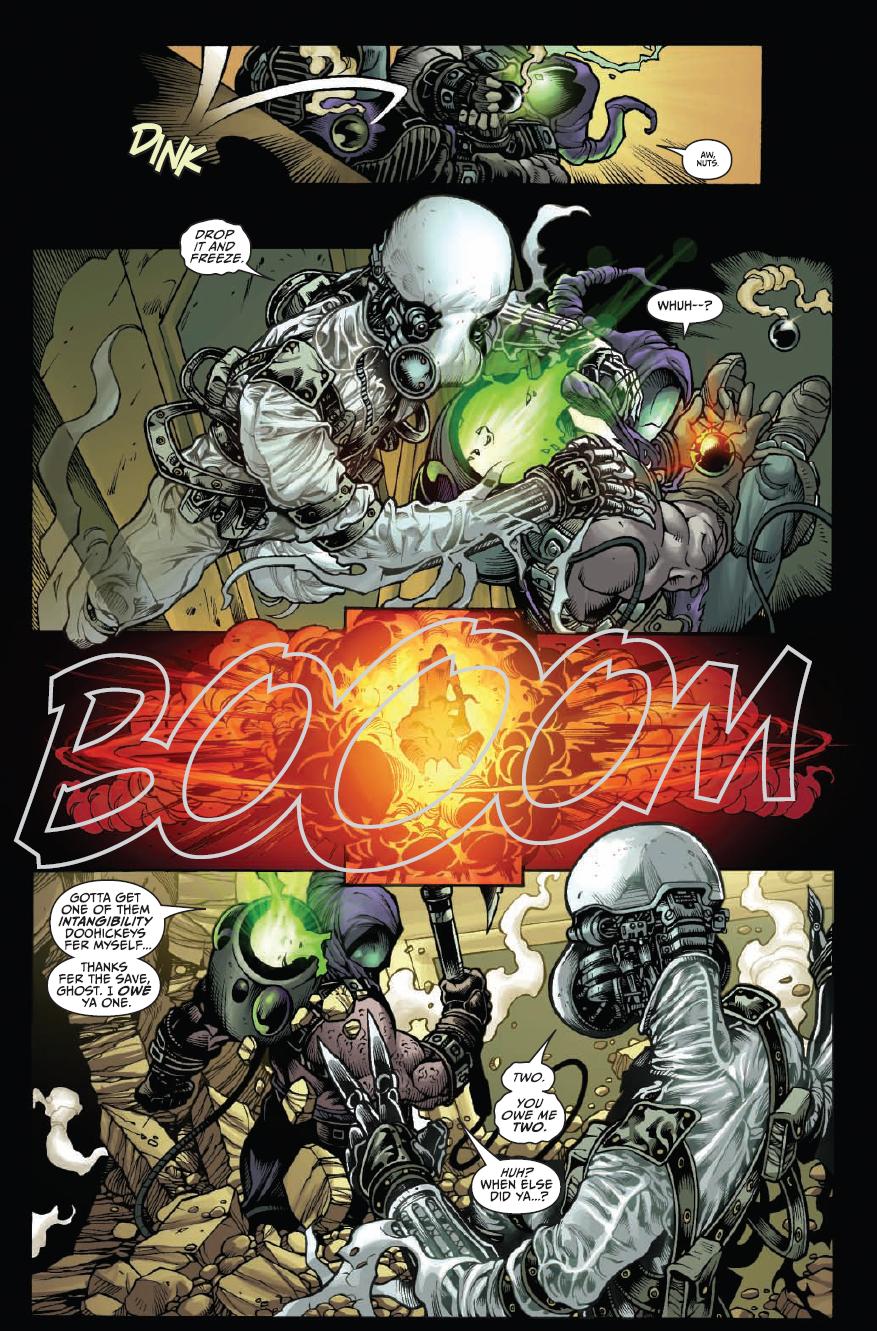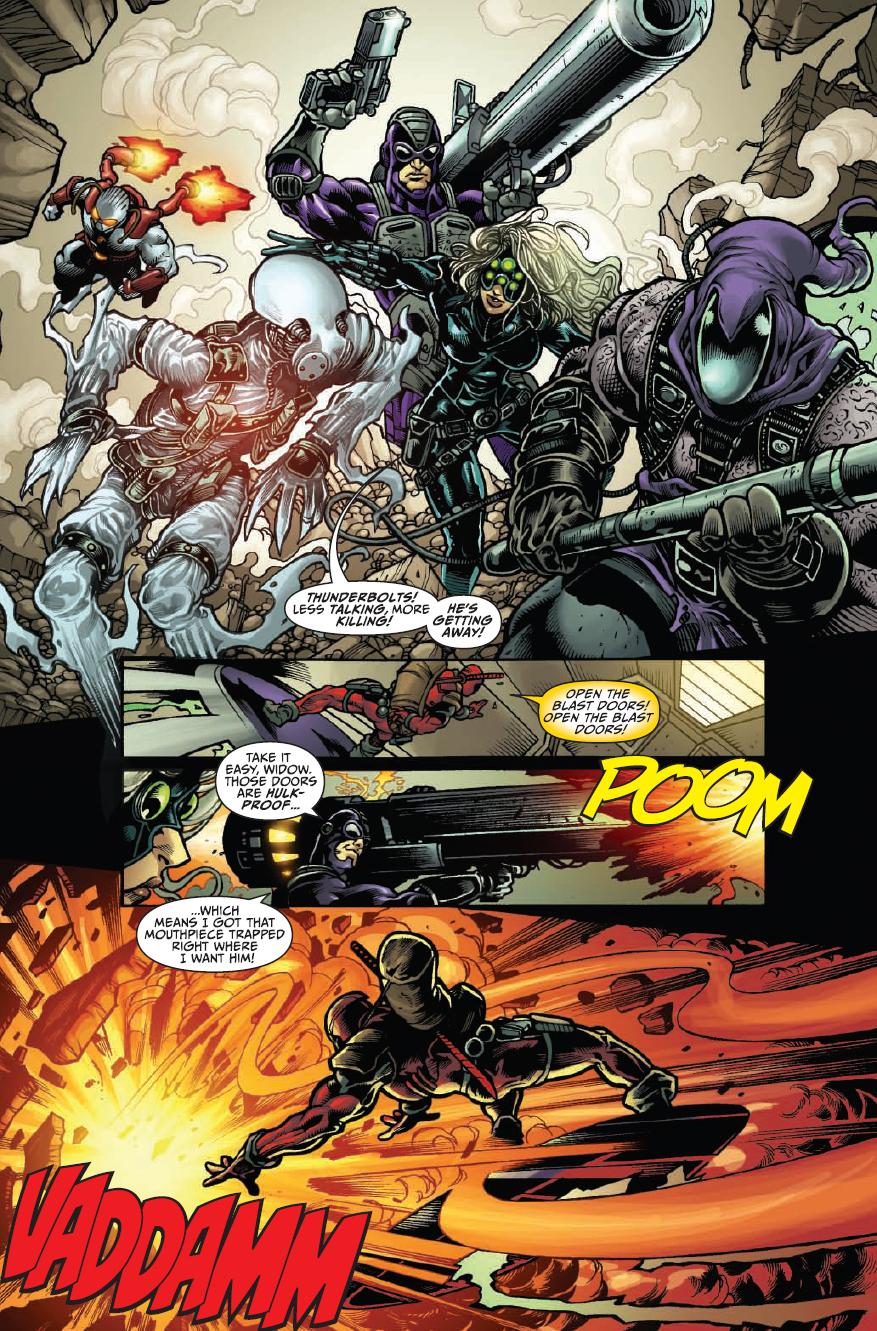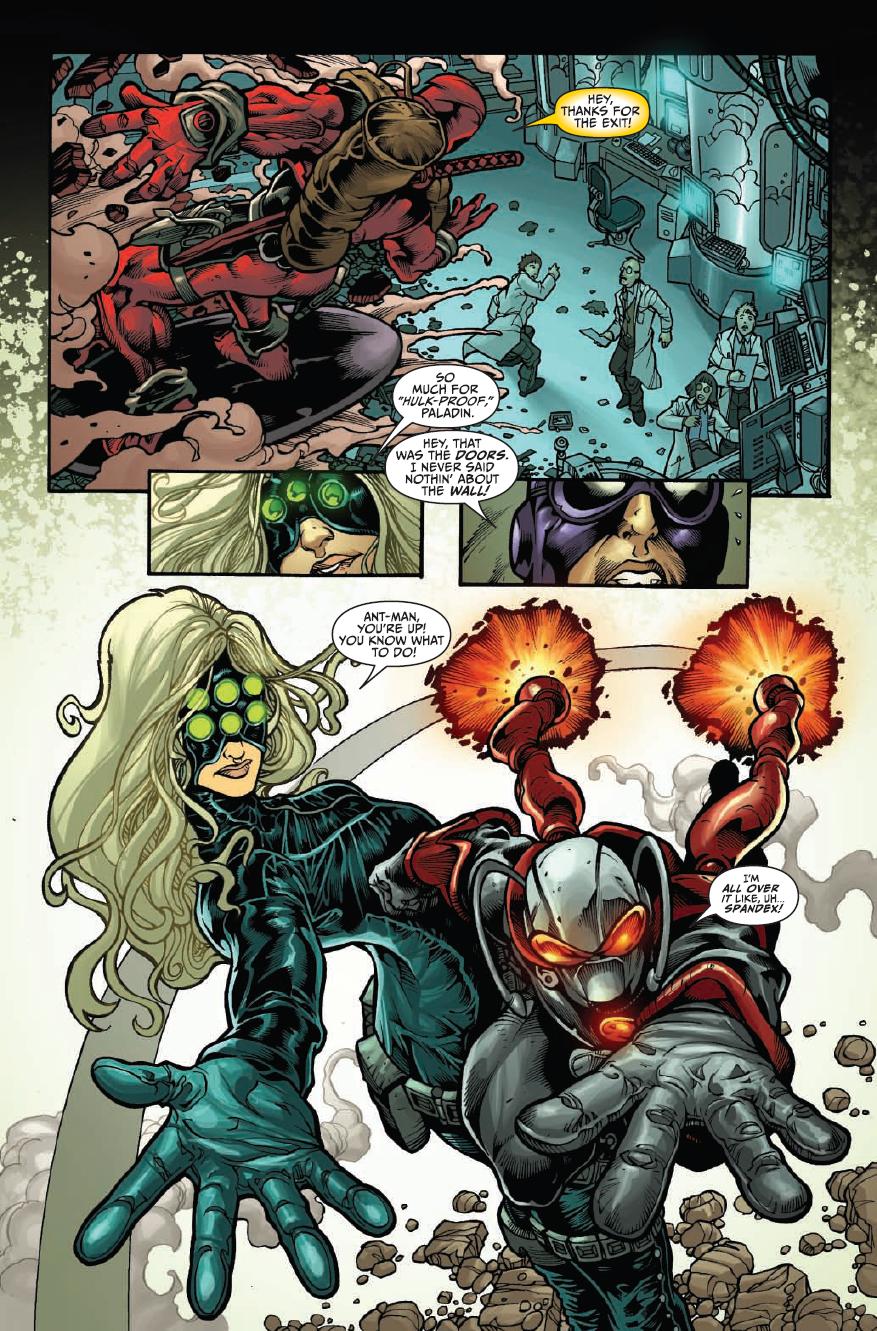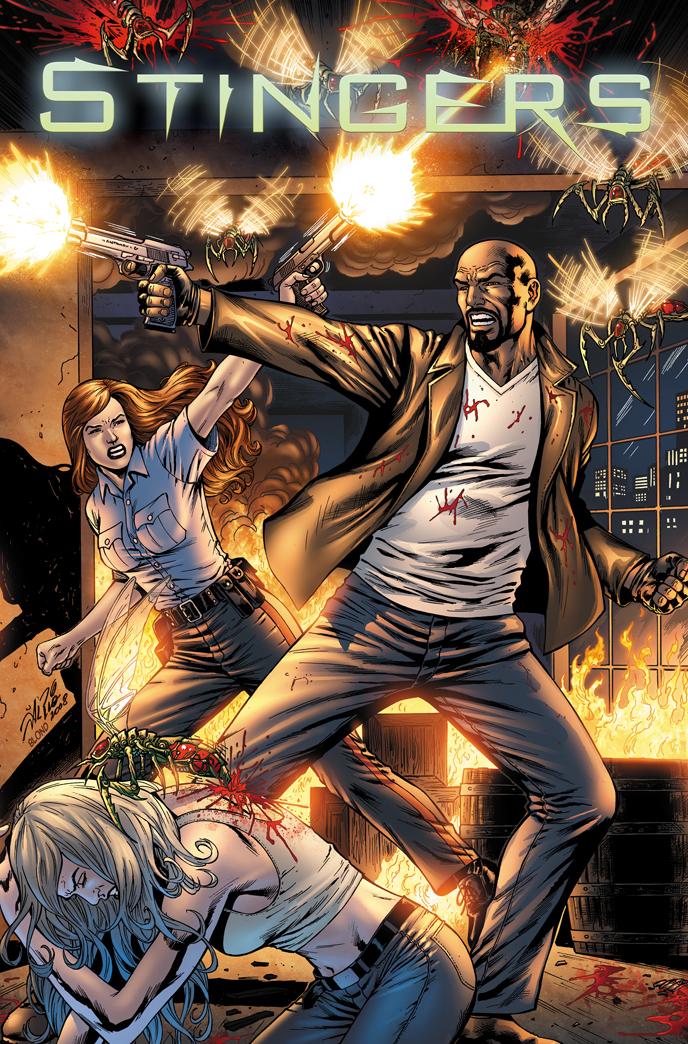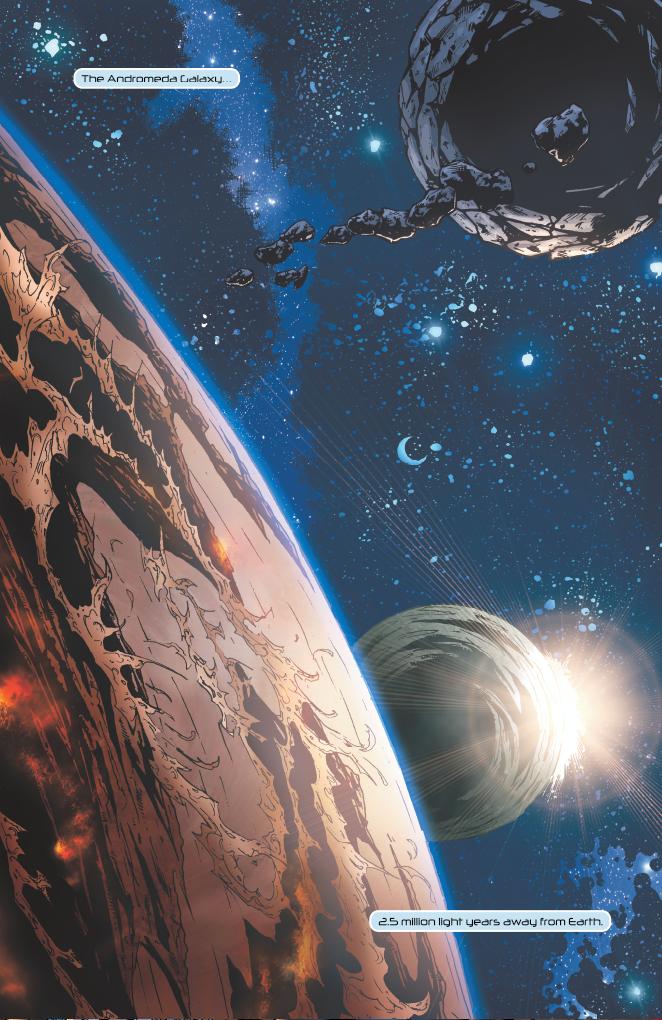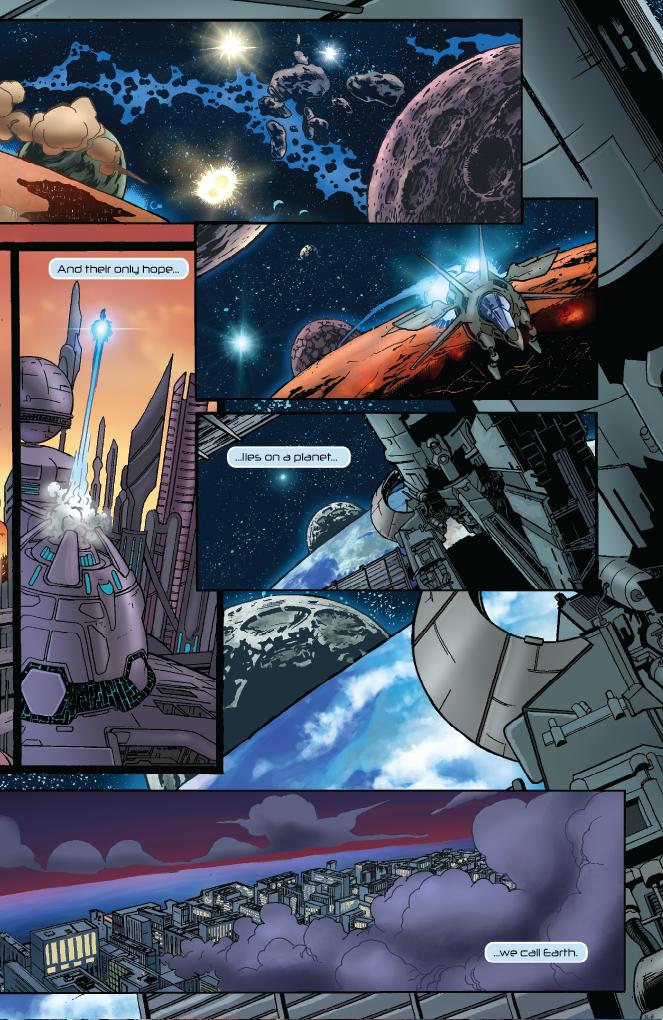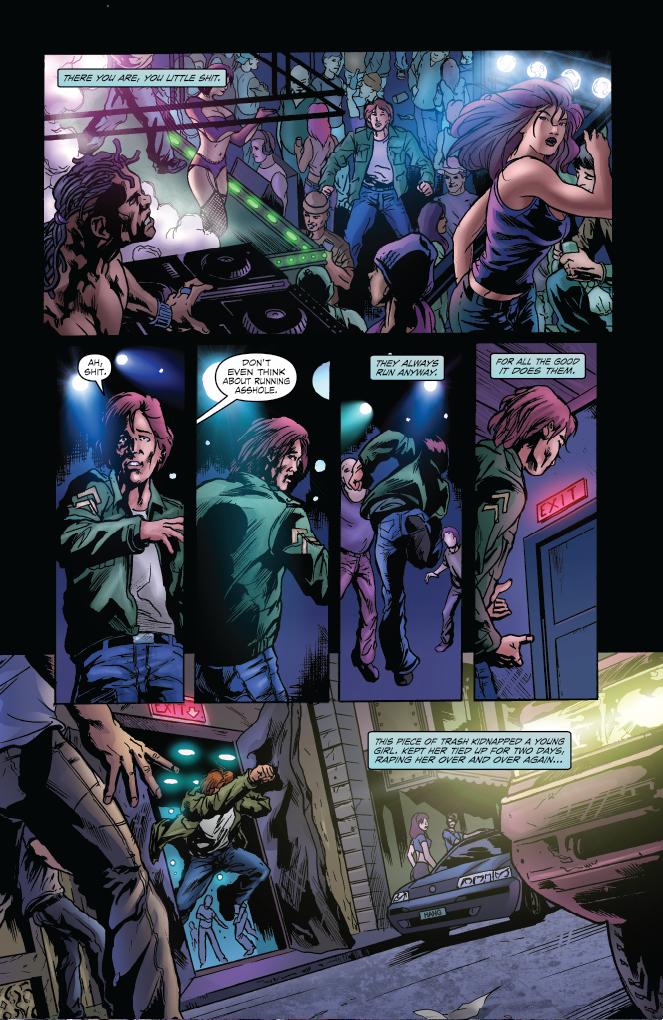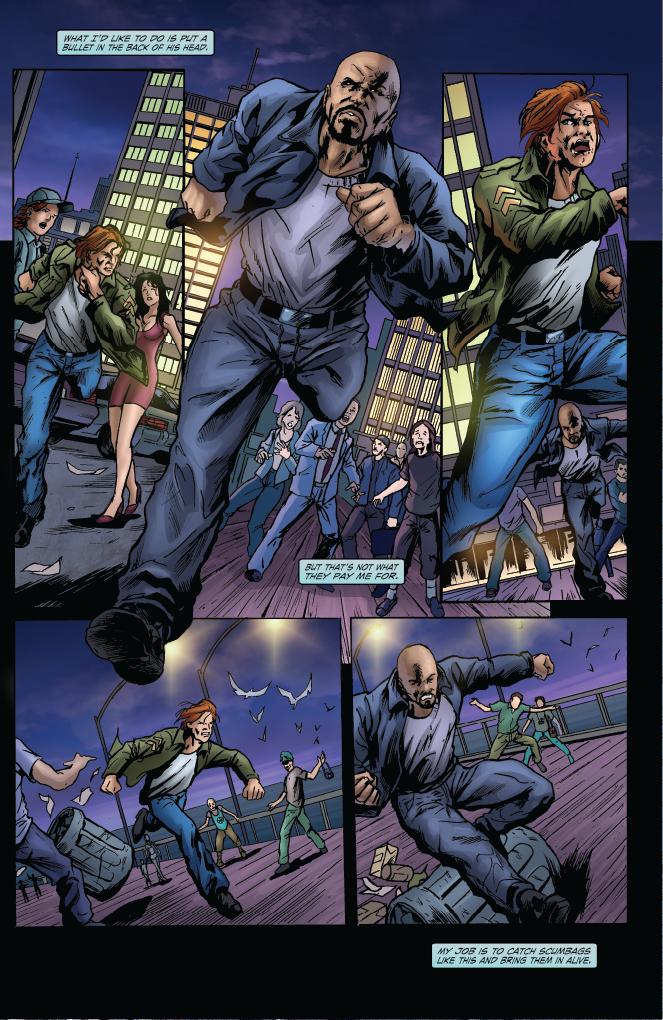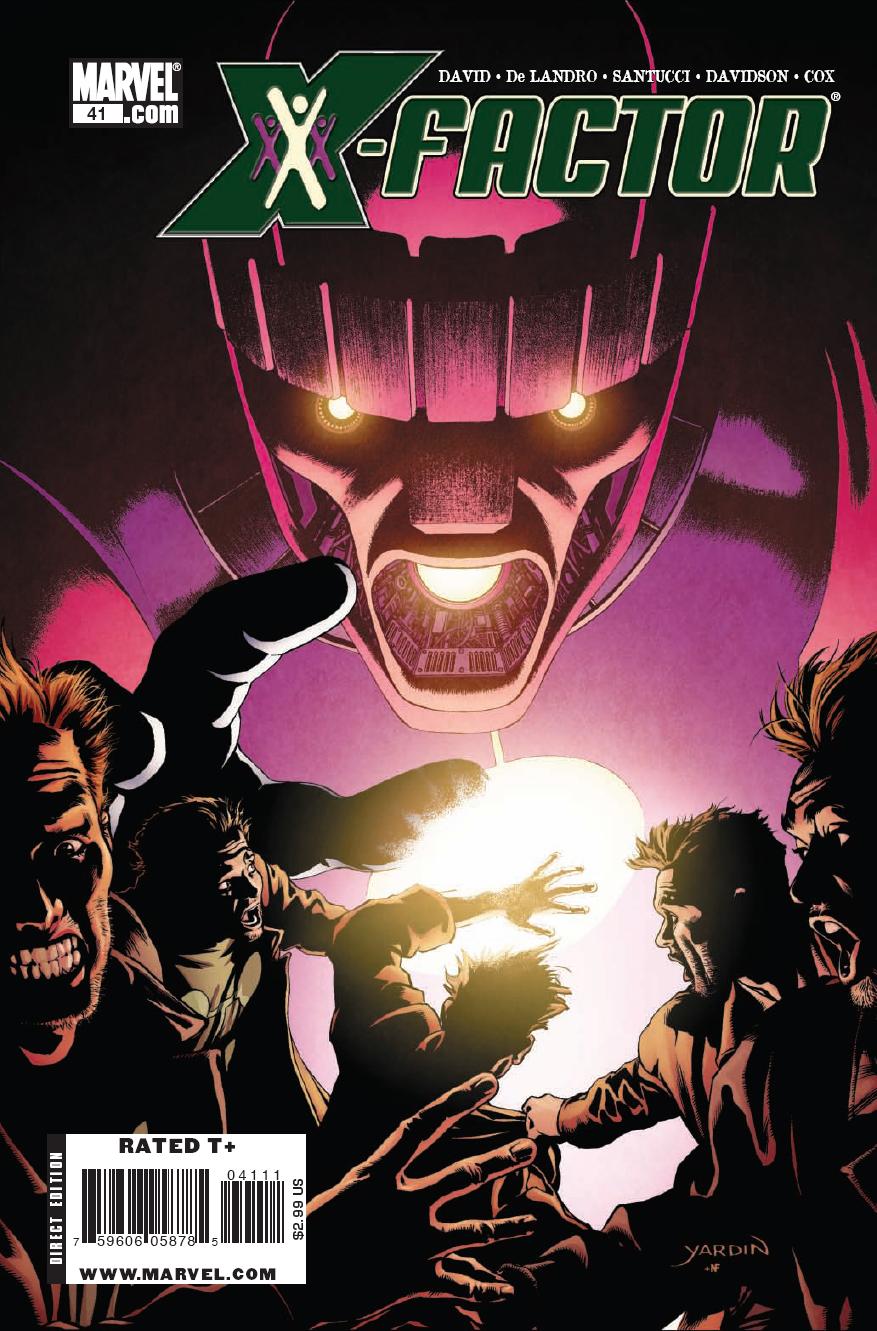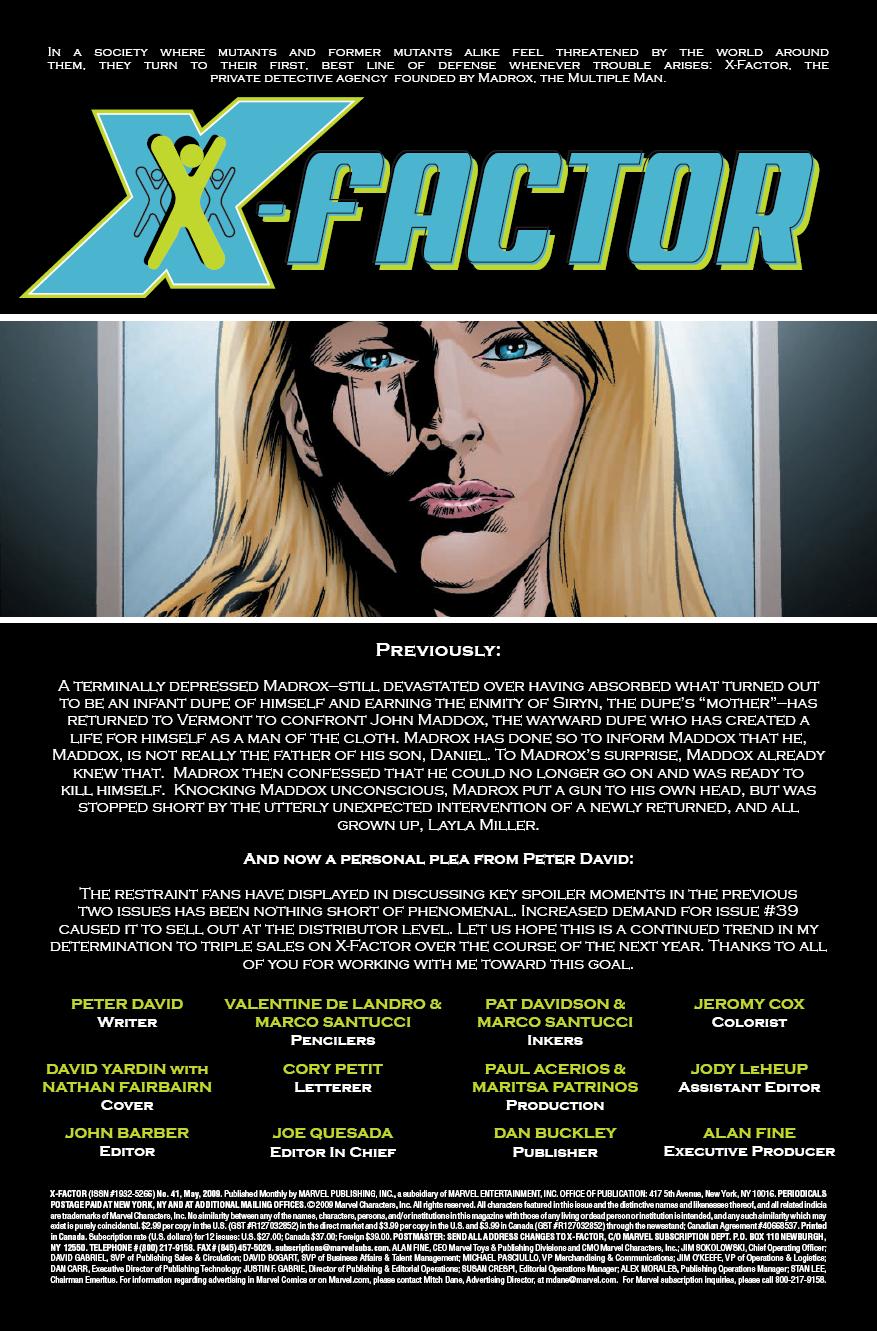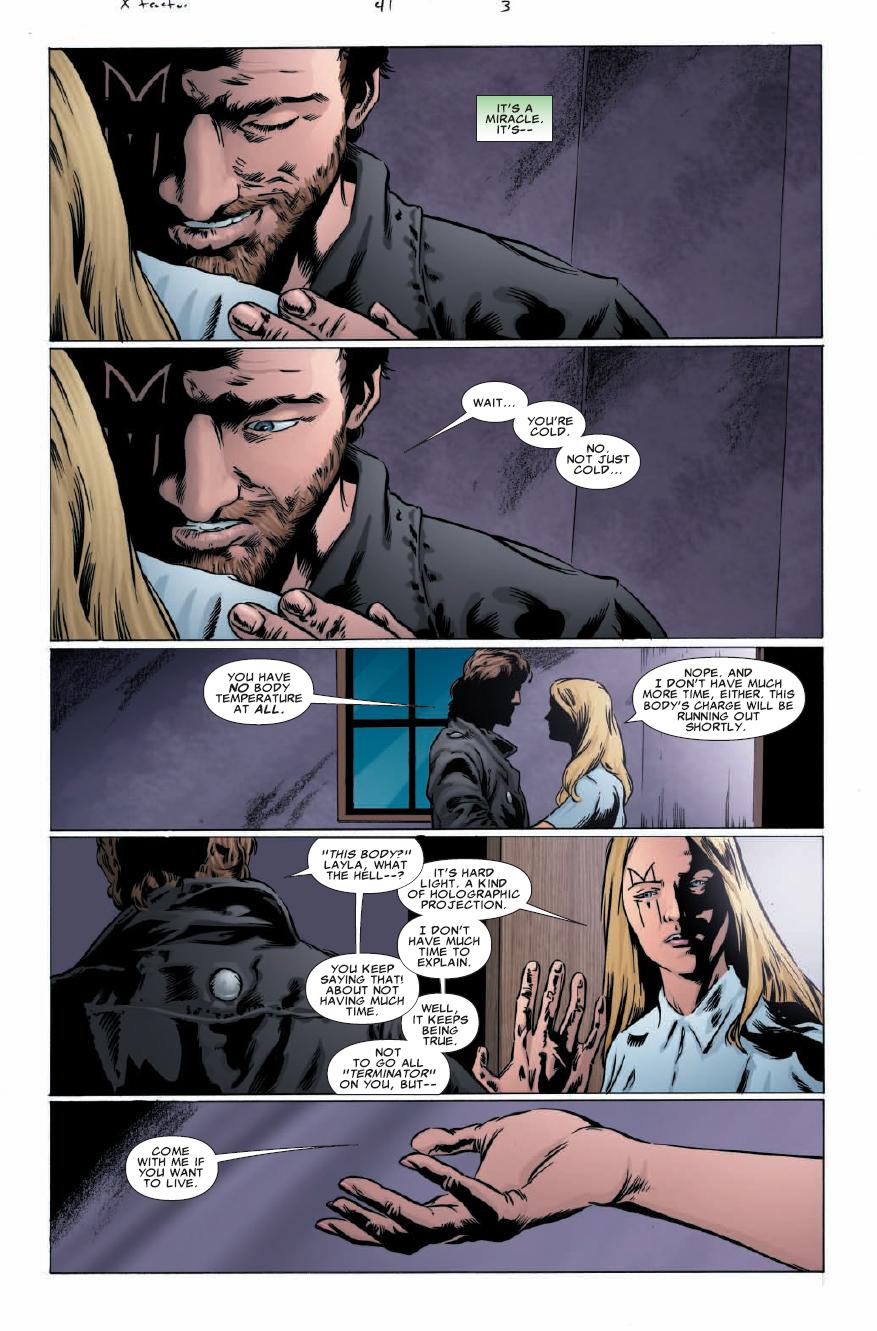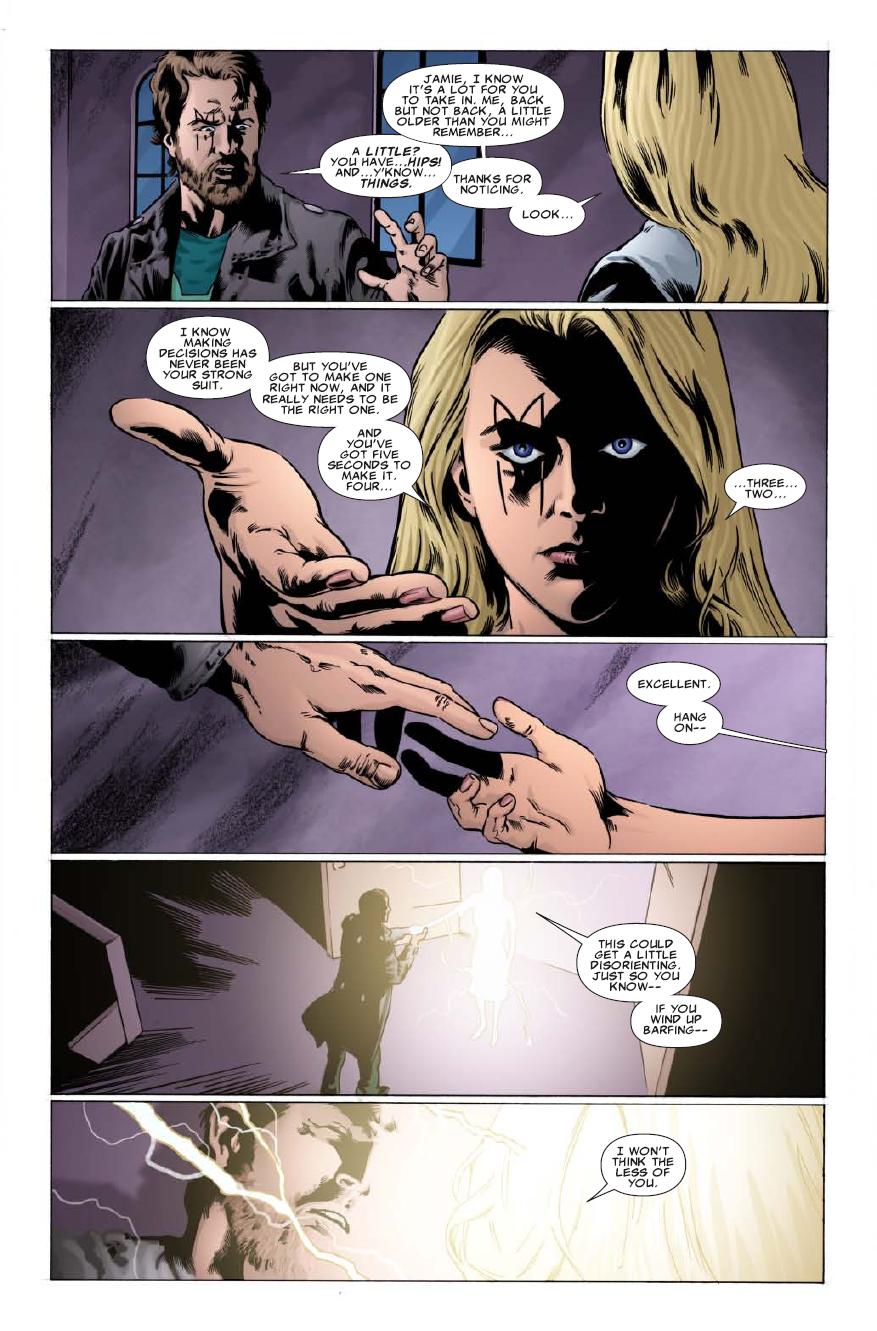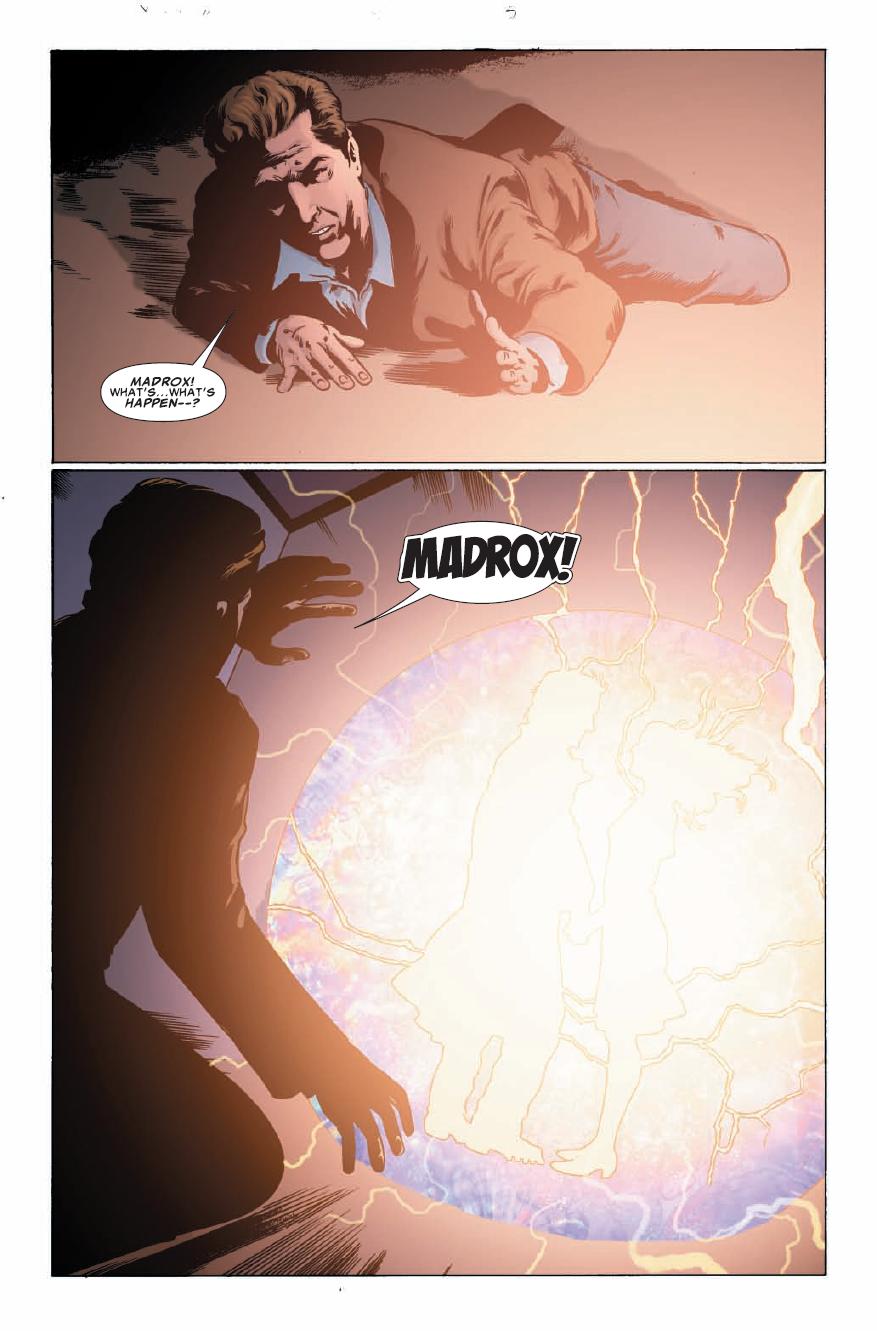
What’s SHOOT THE MESSENGER?
Well, AICN COMICS: SHOOT THE MESSENGER is your weekly one stop shop for comic book -EWS. What’s comic book –EWS? Well, it’s our hodge podge of everything not reviews here at AICN Comics. Sure you can find out the @$$Holes’ critical opinions of your favorite books every Wednesday at AICN Comics. But here, you’ll find special reports such as previews, interviews, special features, and occasionally news gathered here from our online brethren at Newsarama, CBR, Wizard, etc. Sure those guys are the best at reporting news as it breaks. Click on the links for the original stories. This column cuts the crap to run down all the vital information for those of you who don’t follow it as it comes in, and serves it all up with that special ingredient of @$$y goodness.

Hey folks, Ambush Bug here. To start things off, we’ve got a very cool interview from Bill Mitchell of Atomic Comics who had a chance to chat with Dan Fraga for an interview recently. Special thanks to fellow @$$hole Ryan McLelland for bringing this to my attention. Take it away Bill…
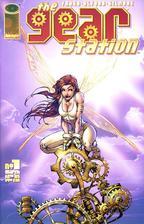 BILL MITCHELL (BM): Let’s start at the beginning. For many creators there’s a specific book or artist/writer that inspired them to get into the field. Was that the case for you? What drew you initially to create comics?
BILL MITCHELL (BM): Let’s start at the beginning. For many creators there’s a specific book or artist/writer that inspired them to get into the field. Was that the case for you? What drew you initially to create comics?DAN FRAGA (DF): For me, there were several levels of inspiration that led me to want get into the comic book business. The first time I was ever literally stunned by a comic book image was that of the cover of THE DARK KNIGHT TRIUMPHANT: THE DARK KNIGHT RETURNS VOL 1 #2. Frank Miller had drawn this ragged, beat-to-crap version of The Batman. One the likes I’d never seen before. Similarly, Todd McFarlane’s take on Spider-Man in AMAZING SPIDER-MAN #300 floored me. There was a level of artistic license that those guys took with those characters that really helped turn them from just characters that you’d see on pajamas and stickers into exciting, living and breathing heroes. I was 13. Seeing Arthur Adams and Michael Golden’s work was the thing that pushed me over into real desire to draw comics.
BM: Here’s a question many aspiring creators always ask: “How did you break into comics?” Each creator’s story tends to be unique, so what’s the story of Dan Fraga’s break into comics?
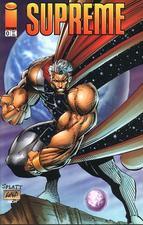 DF: Persistence, Hard Work and Luck. Persistence and Luck, brought me to be working at Image comics via Extreme studios, and hard work is what kept me in the game. My advice to anyone trying to make it into the comic book business: Listen to Carl Potts. Period. There were a lot of great opportunities from the time I decided that I wanted to draw comics until the time I was hired. Opportunities, some that were obvious and some that were blessings in disguise. I was very fortunate to have met the people that I did at such an early age. When I was 14 or so, I stumbled upon this silk screening shop in my town called Labor of Love graphics. I had just started high school and one of my classes was silk screening. So seeing this shop really piqued my interest. I walk in and I just start asking questions like crazy. The owner of the place, Phred Jackson (that’s his name, really) was very accommodating and answered my questions with grace and patience. I asked him if I could have a job. I got that job. My job consisted of cleaning the screens and tidying up any misprints with the dry clean gun. It was during my time in the shop that I discovered that Phred was a huge comic book buff. He was such a fan, that he had a comics club. The club had around 15 members. It was at that comics club that I got my history of comics lessons.
DF: Persistence, Hard Work and Luck. Persistence and Luck, brought me to be working at Image comics via Extreme studios, and hard work is what kept me in the game. My advice to anyone trying to make it into the comic book business: Listen to Carl Potts. Period. There were a lot of great opportunities from the time I decided that I wanted to draw comics until the time I was hired. Opportunities, some that were obvious and some that were blessings in disguise. I was very fortunate to have met the people that I did at such an early age. When I was 14 or so, I stumbled upon this silk screening shop in my town called Labor of Love graphics. I had just started high school and one of my classes was silk screening. So seeing this shop really piqued my interest. I walk in and I just start asking questions like crazy. The owner of the place, Phred Jackson (that’s his name, really) was very accommodating and answered my questions with grace and patience. I asked him if I could have a job. I got that job. My job consisted of cleaning the screens and tidying up any misprints with the dry clean gun. It was during my time in the shop that I discovered that Phred was a huge comic book buff. He was such a fan, that he had a comics club. The club had around 15 members. It was at that comics club that I got my history of comics lessons.See, I was 14 and the rest of the club was in their late 20’s and early thirties, some were even in their 40’s. Those guys would talk about comics and stories that had me bug eyed. They told me about stuff that I had no idea existed. I learned a lot at those club meetings. I got to really appreciate comics as a whole. It was the first time I heard the magical name of Jack Kirby. I eventually got to meet and became friends with Jack. He was the truth. Another opportunity was being able to see a comic convention in the early days.
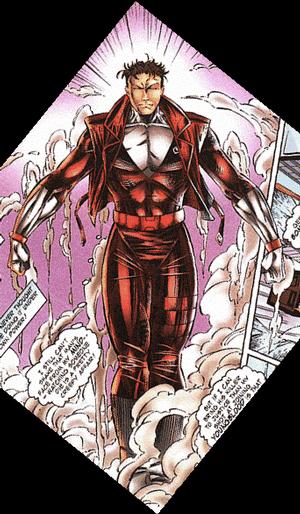 Wonder-Con 1988 was my first show ever. I was completely blown away. That show opened a lot of doors for me. I got to meet artists and writers that I had only known as names on credits pages. It was an amazing experience. It was at this show that my decision to draw comics was engraved in stone. While waiting in line to meet Stan Lee, I had shown a pro a drawing that I had done to give to Stan. This pro asked me what I did for a job, and I told him that I worked at a pizza place. He looked at the drawing and then told me that I had better be good at making pizzas because I was never going to be a comic book artist. I was so angry and determined to prove him wrong that I made it my life’s mission to become a professional comic book artist. Looking back at the situation, I have to say that I am so very grateful that it went down like that. I owe that guy big time. He knows who he is and knows of my appreciation.
Wonder-Con 1988 was my first show ever. I was completely blown away. That show opened a lot of doors for me. I got to meet artists and writers that I had only known as names on credits pages. It was an amazing experience. It was at this show that my decision to draw comics was engraved in stone. While waiting in line to meet Stan Lee, I had shown a pro a drawing that I had done to give to Stan. This pro asked me what I did for a job, and I told him that I worked at a pizza place. He looked at the drawing and then told me that I had better be good at making pizzas because I was never going to be a comic book artist. I was so angry and determined to prove him wrong that I made it my life’s mission to become a professional comic book artist. Looking back at the situation, I have to say that I am so very grateful that it went down like that. I owe that guy big time. He knows who he is and knows of my appreciation.At that show, I met many comic book artists that I came to call friends. Sergio Aragones, Mike Kaluta, Larry Marder and Jim Lee to name a few. They were very kind to this 14 year old kid and I’ll never forget that. Back to Phred. Phred was instrumental in my development in many ways. It was Phred that introduced me to Carl Potts. He and Phred attended art classes together and were friends. In 1989, Phred, my friend Mike and I put together a fanzine called “Views” (interviews and reviews). In that first issue, I interviewed Carl Potts on the topic of how to break into comics. Carl gave the best advice ever in that interview and I think that all of his ideas still hold. Nowadays you can find his advice on his blog. It’s the same advice that he gave me and I highly recommend giving it a look. Another opportunity that I had was to see a part of the comics business that most fans don’t get to see. In 1990 and 1991 I worked with Phred at the Diamond comics warehouse in Hayward.
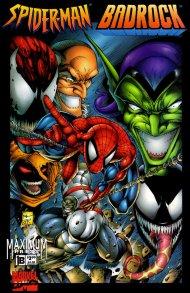 One story that I can recall with great detail was the day that Jim Lee’s X-MEN #1 came to the warehouse. Usually, when comics came to the warehouse, there were 1 to maybe 2 avion containers of comics. Each contained that week’s comics from the printers. The day that X-MEN #1 came out, there were 8 containers. 7 of them were just X-MEN. That was a long day…anyway, I’m totally digressing with nostalgia…I guess my point was that I was able to see comics from a different perspective than just that of a fan. Back to Phred. It was Phred who took me to a convention called the Peli-Con in November of 1989. That’s where I met Rob Liefeld. Rob just had WHAT IF? #7 hit the stands and was starting his run on NEW MUTANTS. He wasn’t the star that he was to become yet and was very approachable. He gave me a portfolio review that was generous and had pointed and specific information that I can say was really helpful. Along with Phred and me, my friend Mike was there and he had bought some artwork from Rob. One of the pieces that Mike bought was a character design sketch of Stryfe . The unusual thing about the sketch was that it was on Rob’s personal stationary. Meaning, it had all of Rob’s info on it. Address, phone number…etc. Well, after that show, I made sure to call and write Rob regularly. During the next two years I would mail and fax Rob pretty much every damn thing that I drew. He was a good sport about it, as big of a pest as I was. That’s how we became friends and what eventually led me to moving down to Southern California to start at a new company called Image Comics. That was February of 1992.
One story that I can recall with great detail was the day that Jim Lee’s X-MEN #1 came to the warehouse. Usually, when comics came to the warehouse, there were 1 to maybe 2 avion containers of comics. Each contained that week’s comics from the printers. The day that X-MEN #1 came out, there were 8 containers. 7 of them were just X-MEN. That was a long day…anyway, I’m totally digressing with nostalgia…I guess my point was that I was able to see comics from a different perspective than just that of a fan. Back to Phred. It was Phred who took me to a convention called the Peli-Con in November of 1989. That’s where I met Rob Liefeld. Rob just had WHAT IF? #7 hit the stands and was starting his run on NEW MUTANTS. He wasn’t the star that he was to become yet and was very approachable. He gave me a portfolio review that was generous and had pointed and specific information that I can say was really helpful. Along with Phred and me, my friend Mike was there and he had bought some artwork from Rob. One of the pieces that Mike bought was a character design sketch of Stryfe . The unusual thing about the sketch was that it was on Rob’s personal stationary. Meaning, it had all of Rob’s info on it. Address, phone number…etc. Well, after that show, I made sure to call and write Rob regularly. During the next two years I would mail and fax Rob pretty much every damn thing that I drew. He was a good sport about it, as big of a pest as I was. That’s how we became friends and what eventually led me to moving down to Southern California to start at a new company called Image Comics. That was February of 1992.BM: Some of your earliest work was on SUPREME and BLOODSTRIKE. Were those books you had much input on creatively?
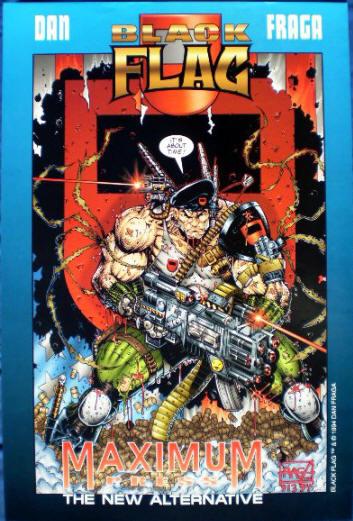 DF: No. At that point I was working over the layouts drawn like little postage stamps by Rob. I’d enlarge them on the copier, trace out the compositions and do finishes. It wasn’t until BLACK FLAG and KID SUPREME that I got to create my vision.
DF: No. At that point I was working over the layouts drawn like little postage stamps by Rob. I’d enlarge them on the copier, trace out the compositions and do finishes. It wasn’t until BLACK FLAG and KID SUPREME that I got to create my vision.BM: Was it difficult creatively to work like that? Having everything sort of prepared for you? Or were you simply excited to be working in comics?
DF: At that point, I was just excited to be working in comics. I was 18 years old.
BM: Those comics were released during the boom of the 90’s when books were routinely selling hundreds of thousands of copies and creators were in many cases making the same amount of money. What was it like being a young successful creator during that time at Extreme Studios?
DF: I’d say I was young, though successful is really a matter of perception. I didn’t make the kind of money that people associate with being a successful Image creator. Rob saw to that. The last book that I made “Image money” on was BLOODSTRIKE #1. After that book, I didn’t see any royalties. Other creators on the books I worked on did. Rob was of the opinion that I wasn’t responsible enough to handle that kind of windfall and made the decision to not pay me royalties. It was his to make, unfair as it was.
BM: “Image money” was rumored to be tens of thousands of dollars per issue, the hundreds of thousands for those people at the top. Did you find at all that the big money and sales figures led to equally large egos in some cases?
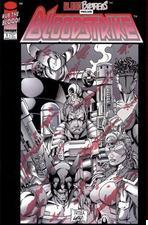 DF: I’m not sure what led to large egos in those days. They were crazy times. All that one could do is speculate. The rumors were way off BTW. They were making considerably more money than tens of thousands per issue. The print runs were in the high hundreds of thousands, some close to a million copies. If you do the math on the price of printing and take out the distribution and retail cut, they were making around 75 cents per issue. That’s a whole lot more than tens of thousands.
DF: I’m not sure what led to large egos in those days. They were crazy times. All that one could do is speculate. The rumors were way off BTW. They were making considerably more money than tens of thousands per issue. The print runs were in the high hundreds of thousands, some close to a million copies. If you do the math on the price of printing and take out the distribution and retail cut, they were making around 75 cents per issue. That’s a whole lot more than tens of thousands.BM: BLACK FLAG was another early title you worked on. Was that one of your own concepts?
DF: BLACK FLAG was one of my concepts, my first as a professional. That book was a lot of fun creatively. As the creator of that book, my only disappointment was that I wasn’t paid any royalties. As unfair as it may seem, Rob was the publisher and made that decision as well.
BM: Did you find the non-payment of royalties odd considering that is the type of thing Rob and other Image founders left Marvel for? That they wanted their “fair share” so to speak of the profits on their creations?
DF: I think that you hit it on the head. I can’t speak for the other Image founders, but I can say this about Rob: He left to make enough money to pay his bills and to make it by owning his creations outright. His behavior that followed is what I would call hypocritical. Rob is only about Rob’s creative rights. Not creator’s rights. Rob once told me that he would sue me if I pitched one of my concepts to Hollywood, because he claimed ownership, saying that I came up with it while working for him. There was no work-for-hire. Just his “I’ve got money, you don’t” threats. The same kind of BS that he left Marvel for. Yes, hypocritical and as you said, odd.
 BM: Extreme had its fair share of crossovers. Was it difficult dealing with so many of them, especially in a studio setting where you may have been asked to help make sure things came out on time with a company that was plagued with a reputation for being late on books?
BM: Extreme had its fair share of crossovers. Was it difficult dealing with so many of them, especially in a studio setting where you may have been asked to help make sure things came out on time with a company that was plagued with a reputation for being late on books?DF: The only two crossovers that I was part of were DEATHMATE RED and SPIDER-MAN/BADROCK. On DEATHMATE, I drew 8 pages and on SPIDER-MAN/BADROCK I drew the 2nd half of the story. I really enjoyed drawing Spider-man and I had a blast on the DEATHMATE tour.
BM: Some people may not be aware you recorded some rap tracks under the name FragaBoom! What was that experience like? Were you interested in making the jump from comics to music or was it simply another creative outlet for you?
DF: Fragaboom! At the time, I’m sure I had delusions of grandeur, being the next rap star. The experience was a heck of a lot of fun and a reality check. I still do music now, mostly to satisfy the itch of having fun in other creative ways, another creative outlet as you stated.
BM: You also worked on books like the BERZERKERS and KID SUPREME with Extreme. Were any of your books during your time at Image highlights for you? Any regrets with any of the series?
DF: I would say that the book that I had the most fun with in my entire career was KID SUPREME. I put pieces of my soul in that book. I basically took my life in high school, and plotted it like I had super powers and that super villains lived in my town. There are literally a dozen real places in that title, pulled from my youth. Unfortunately, KID SUPREME was one of the titles that were cancelled in the fallout of Rob’s eviction from Image.
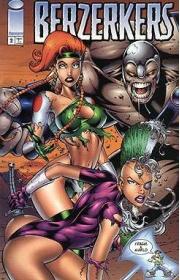 BM: You were among the few to join Rob Liefeld in the forming of Maximum Press. Was it difficult from your standpoint watching Extreme Studios separate from Image? Did you feel it was an end of an era for you as well as Image?
BM: You were among the few to join Rob Liefeld in the forming of Maximum Press. Was it difficult from your standpoint watching Extreme Studios separate from Image? Did you feel it was an end of an era for you as well as Image?DF: I didn’t feel any separation at first with being one of Maximum Press’ flagship titles. We were in the same building. I had no idea at the time that Maximum was a design of Rob’s to get out of paying Image their title fees. It ended up being one of the reasons that Rob was booted. Nonetheless, BLACK FLAG was a hoot.
BM: You have also done work with Top Cow on WITCHBLADE, DARKNESS and ASCENSION. Was there a big difference between working for Top Cow and working for Extreme Studios or Maximum Press?
DF: Top Cow was a class act. No BS. You got your assignment, you did the work, you were paid and that was that. I have nothing but great things to say about Top Cow.
BM: You had the chance to work with clothing company JNCO. How much creative freedom did you have? Did you submit your own designs and see what they liked or did they tell you what to design?
DF: I would never ever work for JNCO again. It was an insane asylum run by its inmates. The End.
BM: When you went back to work for Rob at Awesome Comics, what was the experience like?
 DF: One where I thought that things would be different. One where I thought that the sun had come out and good things were about to happen. While there I worked in every aspect that you could as a creator. I created and penciled a book called SWAT, penciled MENACE, inked and colored both Rob and Ian on different titles. I did production on the books, prepping them for the printers. At Awesome, I wore many hats. I was essentially a utility for Rob. That was the year that I made the least money in my career.
DF: One where I thought that things would be different. One where I thought that the sun had come out and good things were about to happen. While there I worked in every aspect that you could as a creator. I created and penciled a book called SWAT, penciled MENACE, inked and colored both Rob and Ian on different titles. I did production on the books, prepping them for the printers. At Awesome, I wore many hats. I was essentially a utility for Rob. That was the year that I made the least money in my career.BM: It’s fair to say your relationship with Rob has ended. Was your time at Awesome the final straw so to speak in your working with and friendship with Rob? Was there one particular incident or was it the culmination of problems over time?
DF: Yes and Yes. There was a culmination of problems including him claiming ownership to my title SWAT, threatening to not publish BLACK SEED if I didn’t give him a 50% ownership, and really just making too many personal attacks. It was the last part that did it. I told my old friend Jimmy Jay (in confidence) that I wanted out. Later that day, Jimmy told Rob and Rob came over to my house with threats in his mouth. He told me to go back into my house and ink SUPREME. I went back into my house and I packaged up all of the pending work that I had into a FedEx box, attached a resignation letter, and drove it up to Rob’s house. Needless to say, he wasn’t happy.
After that, I was threatened with legal action for creating THE GEAR STATION. Rob claimed that he owned it because I developed the CG 2D thing while I worked for him. That was in 1999.
BM: While at Awesome you worked on Jada Pinkett Smith’s MENACE comic. Was that a concept that was pitched to Jada, or did she come to Awesome with it? Did you have any creative input in the book?
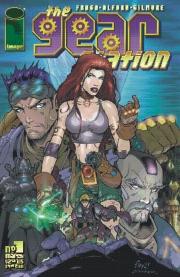 DF: That was 100% Jada’s concept. I drew it, and that was all. She had very specific ideas of what she wanted and I accommodated her. She was a treat to work with.
DF: That was 100% Jada’s concept. I drew it, and that was all. She had very specific ideas of what she wanted and I accommodated her. She was a treat to work with.BM: You’ve had a chance to work for Marvel Comics as well on GENERATION X, BLACK PANTHER and WOLVERINE. Did you enjoy working with Marvel? How was working with one of the “Big Two” compared with working for the smaller companies?
DF: I’d say that working for Marvel and DC was a lot like working for Top Cow. You got your assignment, you did the work, you were paid and that was that. The only difference was that my childhood dreams of drawing Wolverine, Spider-Man and Superman were fulfilled by working with the Big 2.
BM: THE GEAR STATION was a series you did for Image. It was unique at the time utilizing CG backgrounds behind hand drawn art. Was that a book you would have liked to have done more with?
DF: Yes, and still will when the time is right.
BM: You made the jump from comics to video and film, how did that career change come about?
DF: By accident. I met Pharrell Williams at a show and we talked a little. He had proposed that I direct a cartoon for his record label. We worked on it for about a year then the project fell apart. P felt bad so he linked me up with director Paul Hunter to do a Reebok commercial. I haven’t drawn a comic since. That was in 2003.
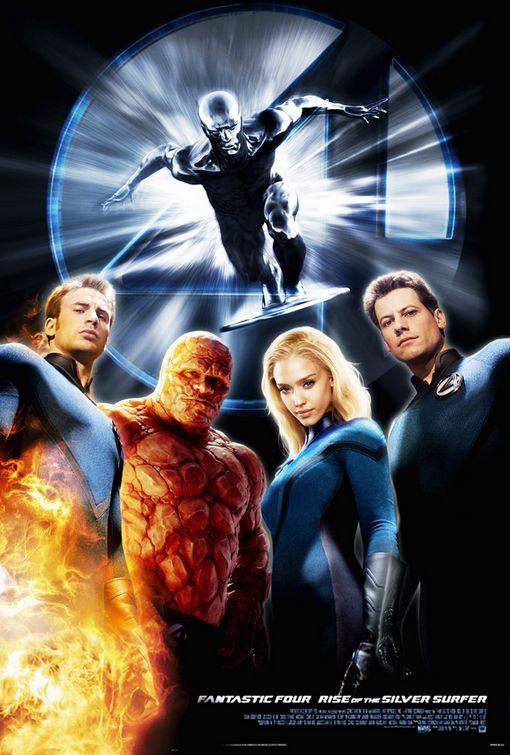 BM: You’re credited as a storyboard artist for FANTASTIC FOUR: RISE OF THE SILVER SURFER as well as the upcoming DRAGONBALL Z live action film. How much different is storyboarding from traditional comic storytelling? Do you prefer one over the other?
BM: You’re credited as a storyboard artist for FANTASTIC FOUR: RISE OF THE SILVER SURFER as well as the upcoming DRAGONBALL Z live action film. How much different is storyboarding from traditional comic storytelling? Do you prefer one over the other?DF: They are similar in that you’re telling a story with pictures. They’re different because of the needs that they fulfill. Comics are the show. Storyboards are a piece of the show. They’re a tool to communicate ideas to the different departments on a movie project. The way in which you communicate storytelling is different as well. In comics, you concern yourself with clear storytelling via panel composition, size and context. You want to lead the reader on a 2D surface and time is dictated solely by context. With storyboards, there are many other variables to consider: The set, blocking of the actors, the director’s needs, the producer’s needs, the budget and the viable solutions to make things happen. I have no real preference. I love telling stories and I love being part of projects.
BM: You’re also credited as a visual consultant on TRANSPORTER 2 and ONE MISSED CALL. What role does a visual consultant play on a film?
DF: It’s just a different way of saying storyboard artist.
BM: You have also done some directing. Would you say drawing comics helped you in directing?
DF: Absolutely. Comics were the best education I could ever have had. I get hired a lot because of the kinds of angles that I pick. Hollywood and TV like the excitement that comic book sensibilities bring to their projects.
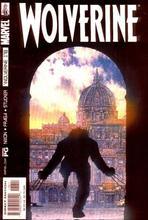 BM: Do you miss drawing comics full time? Or are you happy with the projects and field you now find yourself involved in?
BM: Do you miss drawing comics full time? Or are you happy with the projects and field you now find yourself involved in?DF: I miss comics. I’m coming back to comics this year with two projects. And no, I’m not telling any more about them.
BM: Do you still keep in touch with any of the former members of Extreme Studios? One would imagine you would still remain close to some of the members having worked together for years.
DF: Man, of course I still stay in touch with the Extreme guys. I talk to over a dozen of them on a regular basis. WE were Extreme Studios. Nothing and no one can take that from us. We shared an experience of the likes that few people have been able to in their lives. I love those guys for life.
BM: Looking back on your career, is there anything you would have done differently or any projects you regret passing up?
DF: I would have never worked for Rob Liefeld. Though I can say this: I don’t regret anything. It’s being exposed to that sort of corruption that has helped me stay out of trouble these days. As Jack Kirby would say, “Rob, I thank you.”
And thank you Bill, Dan, and Ryan for bringing us this interview.
